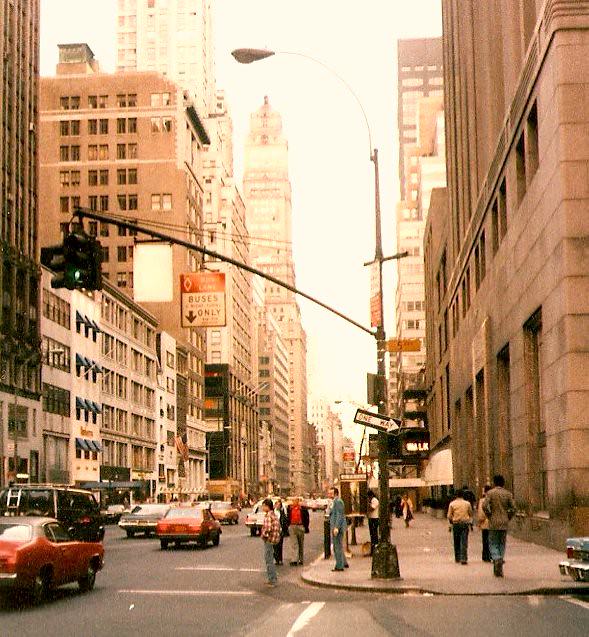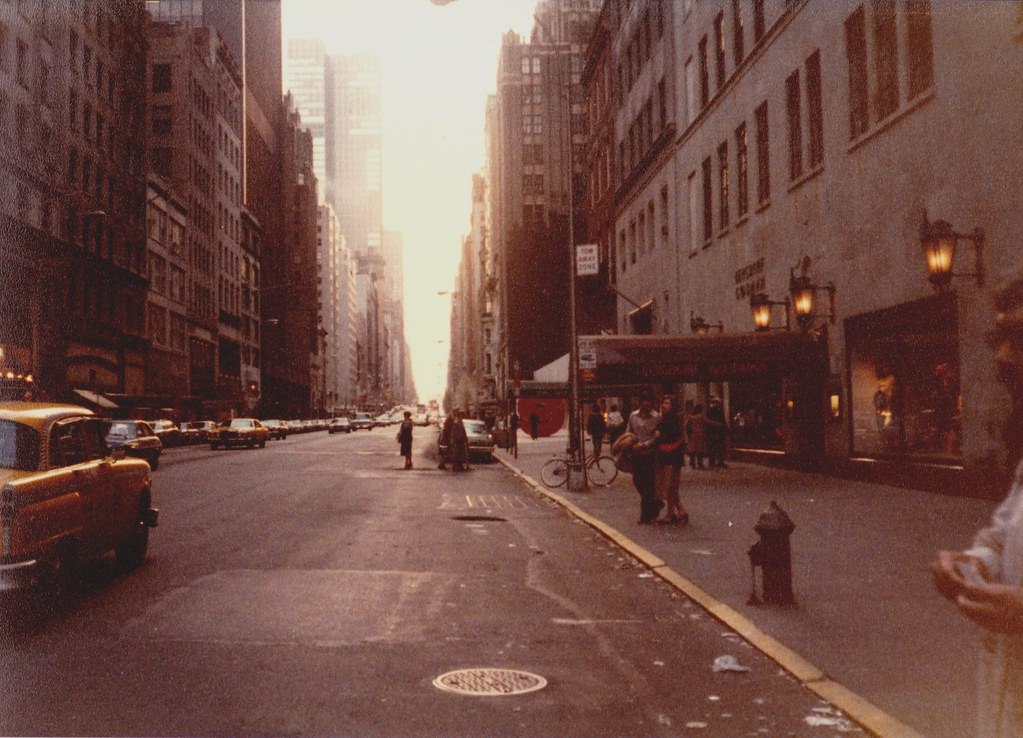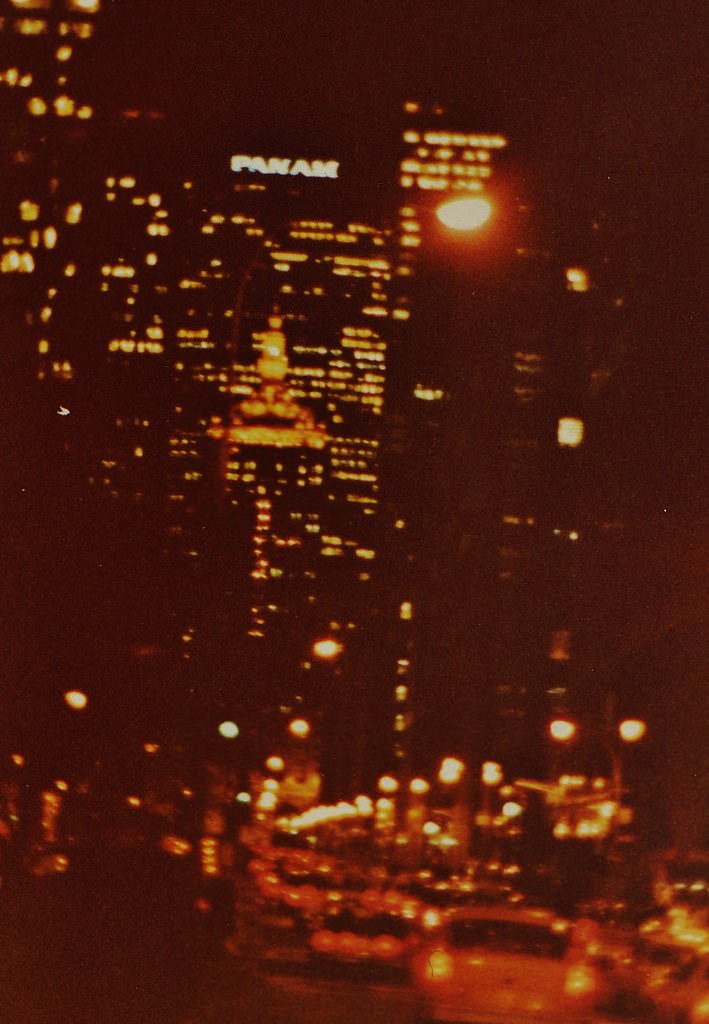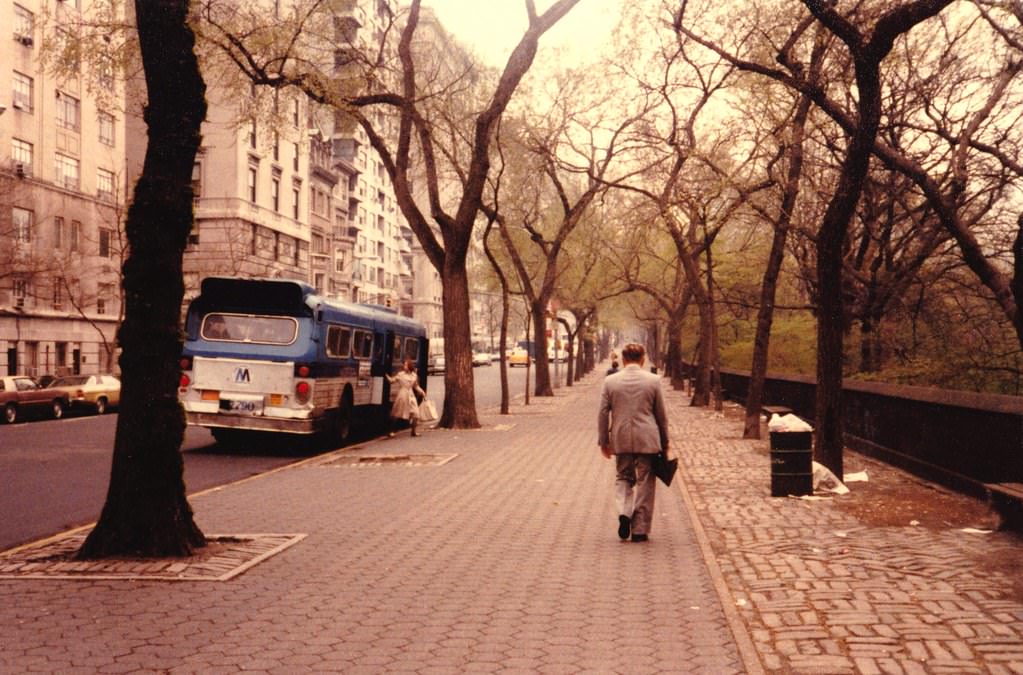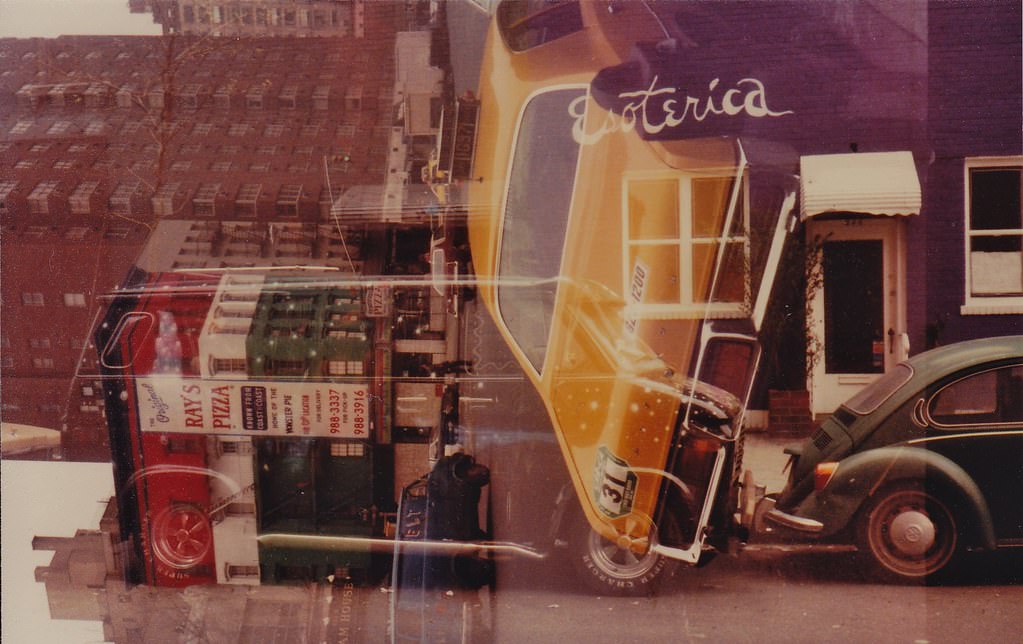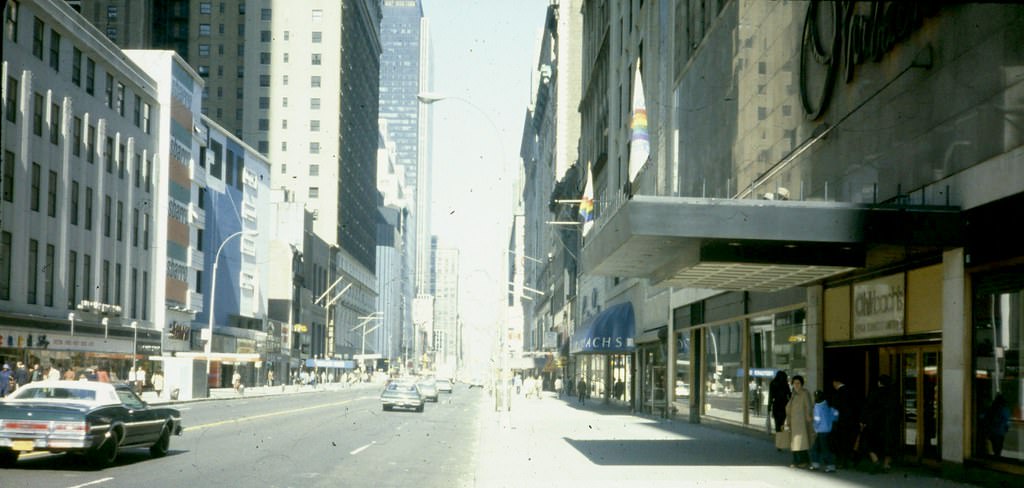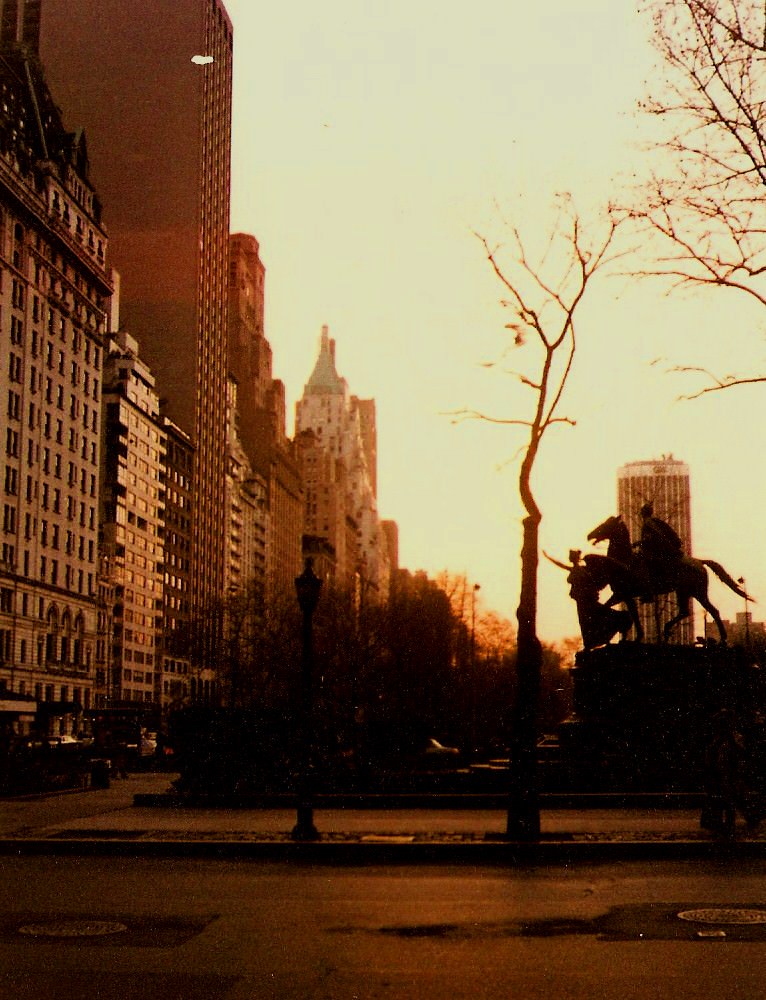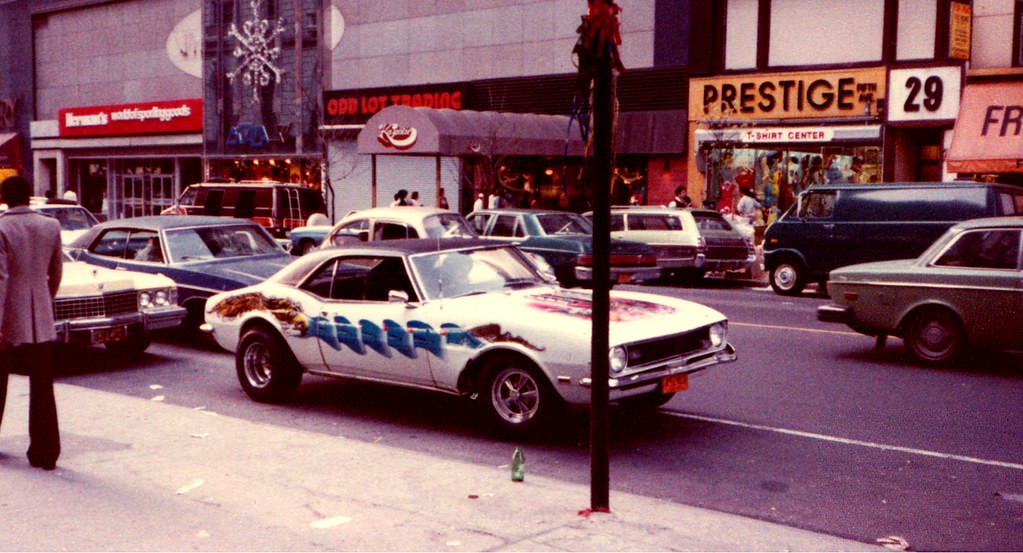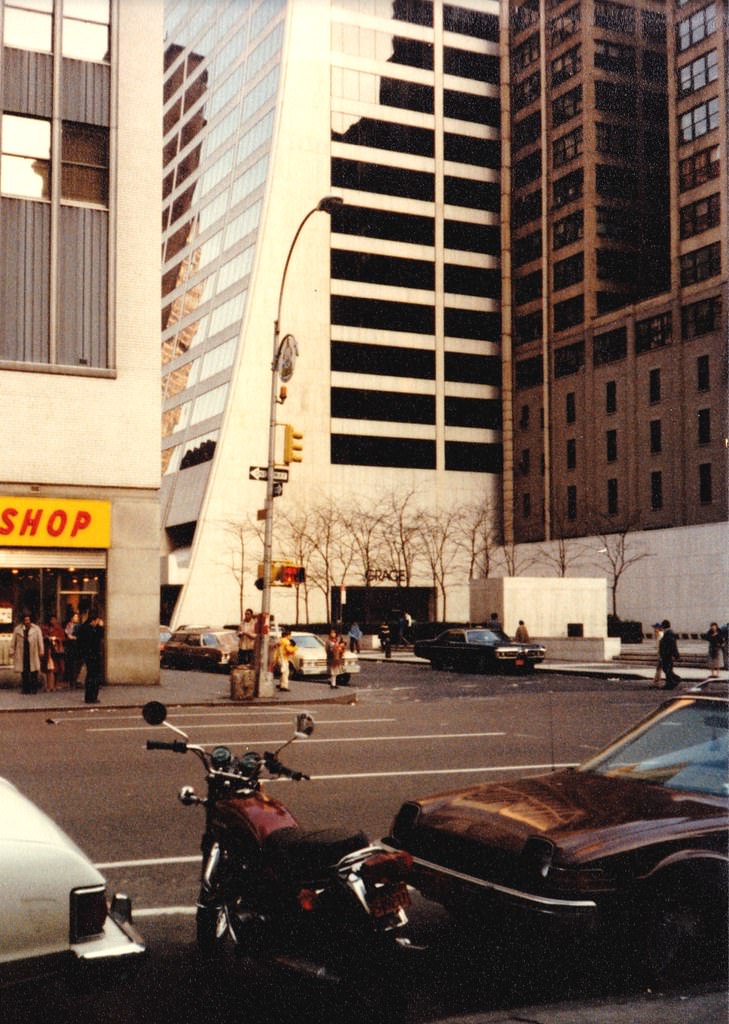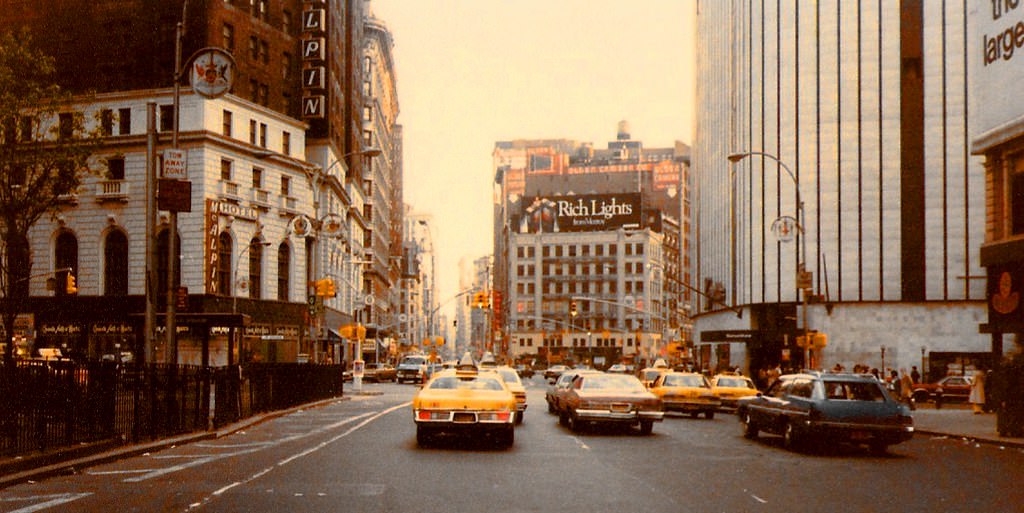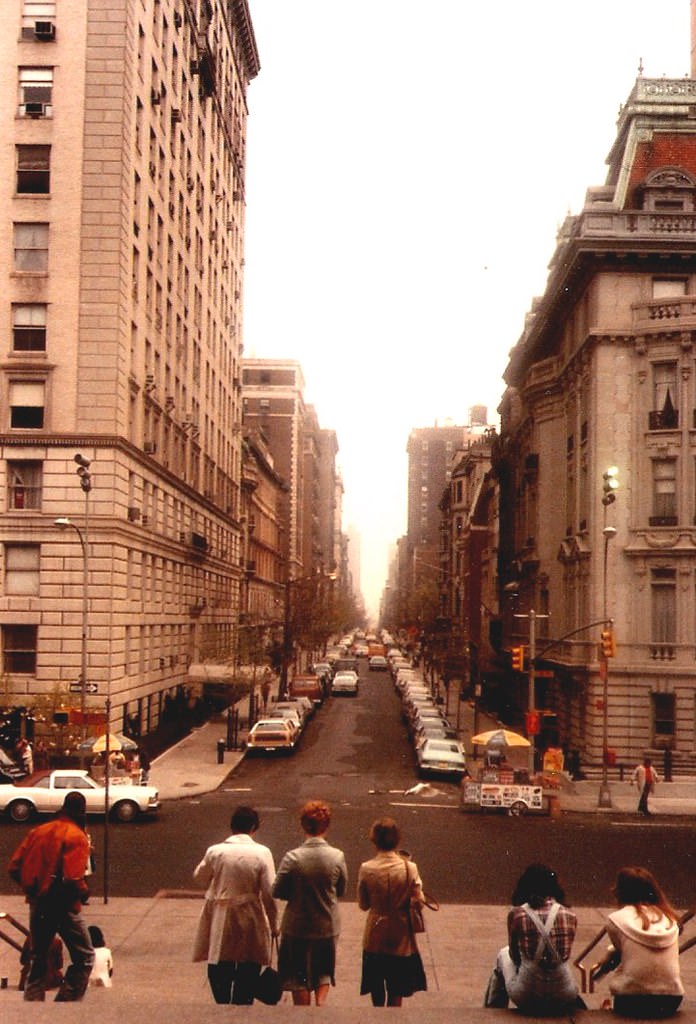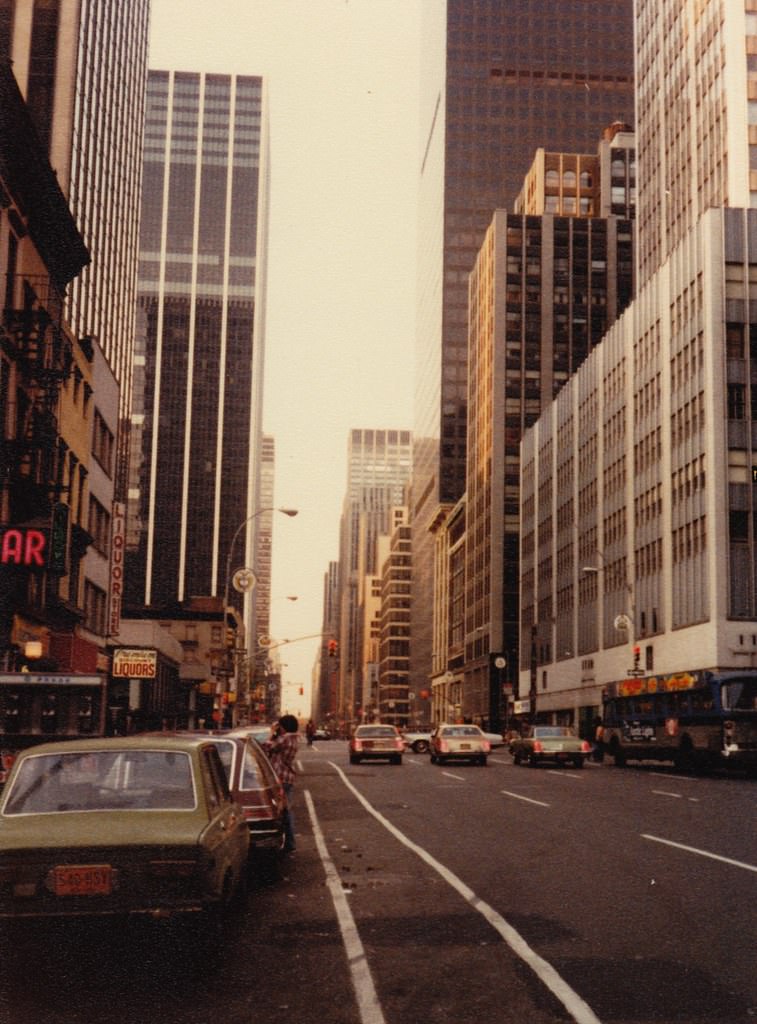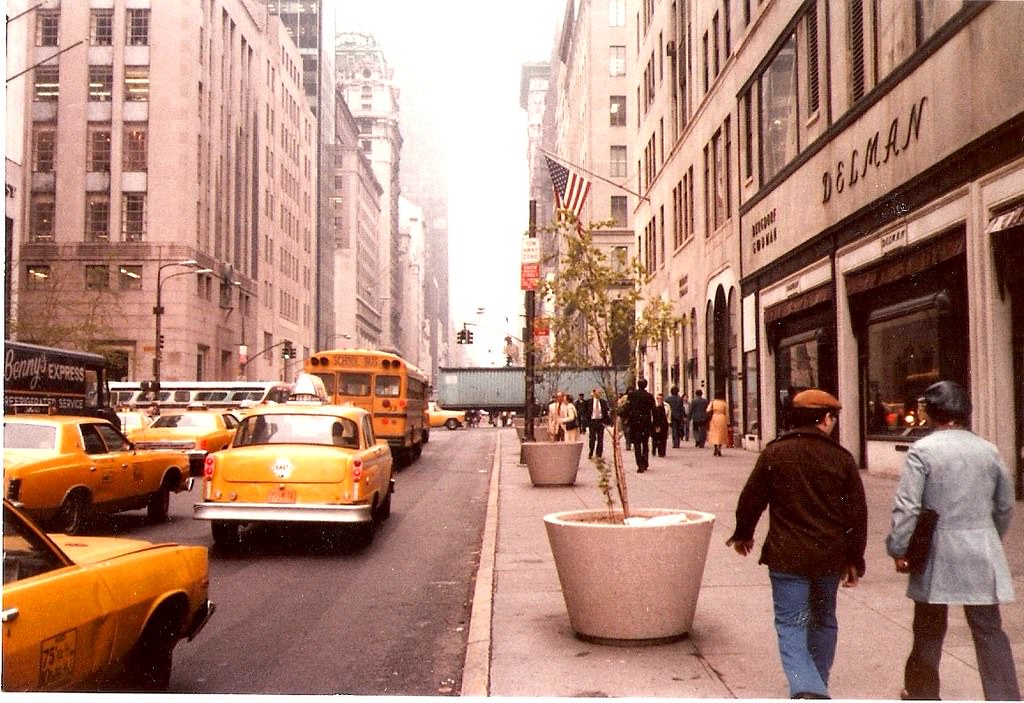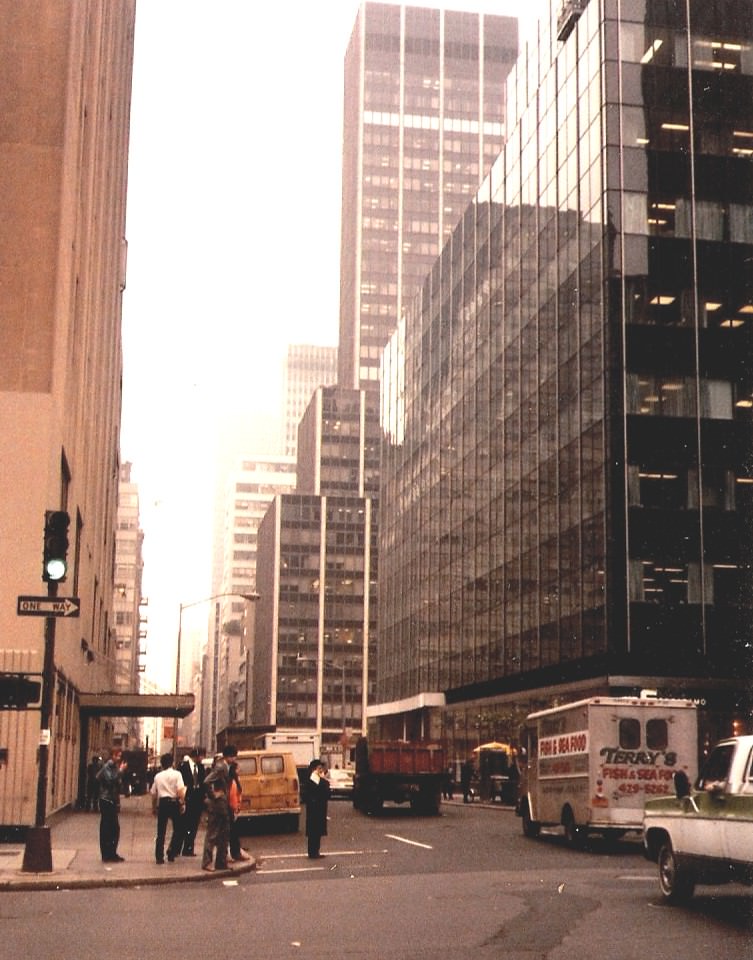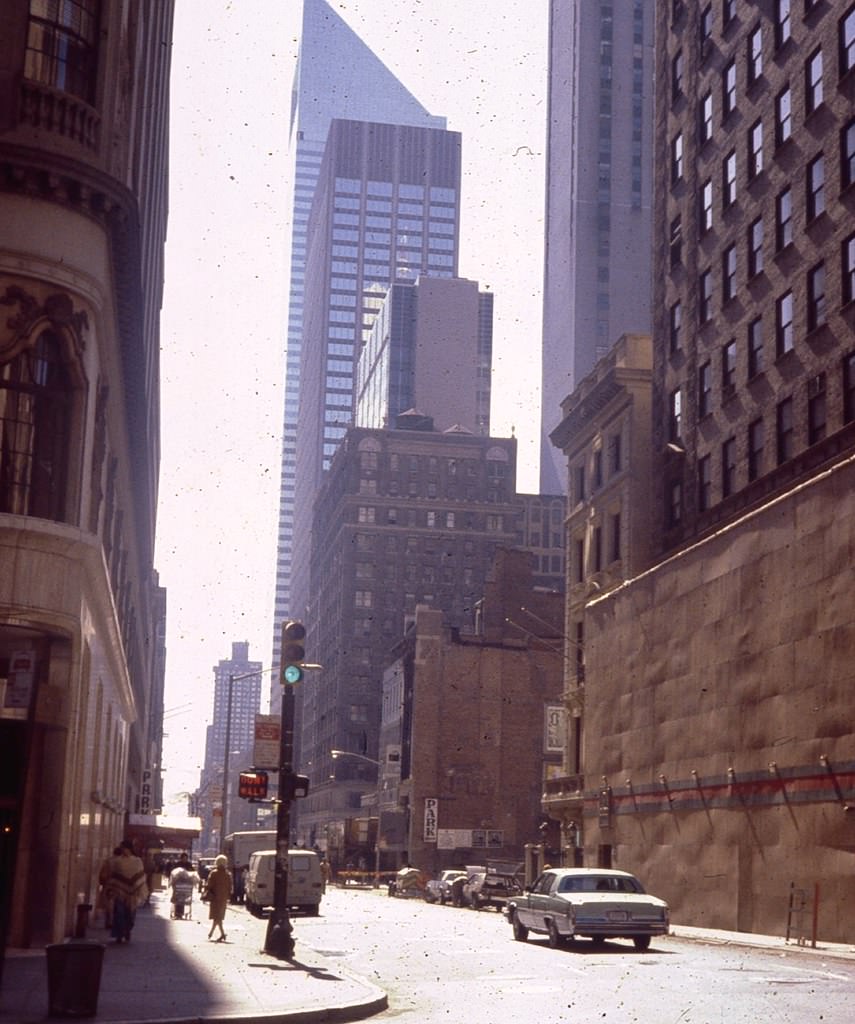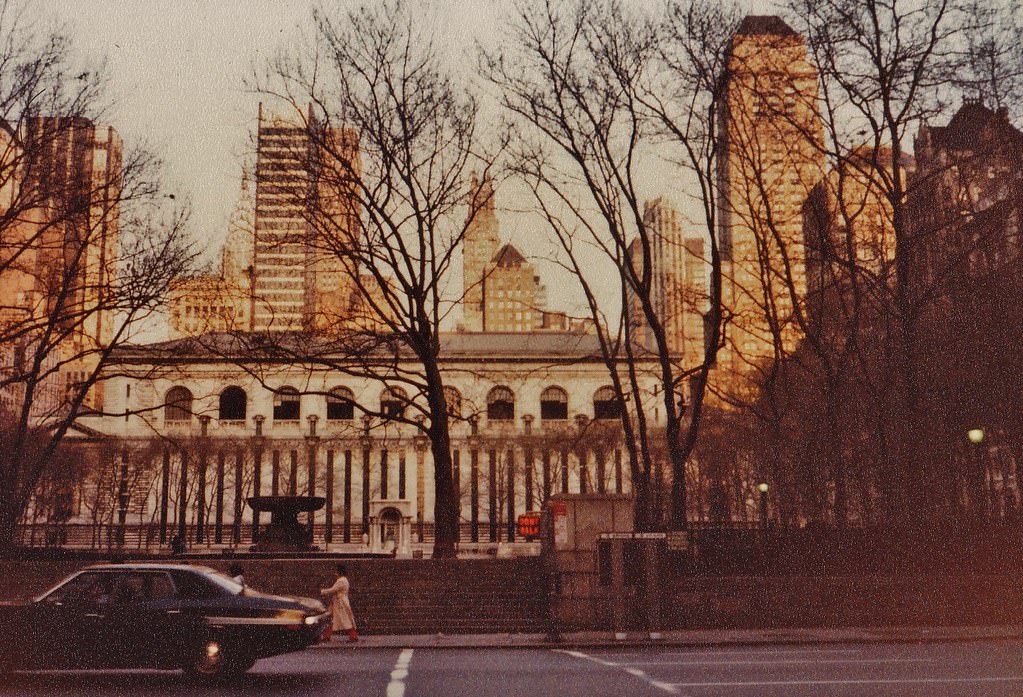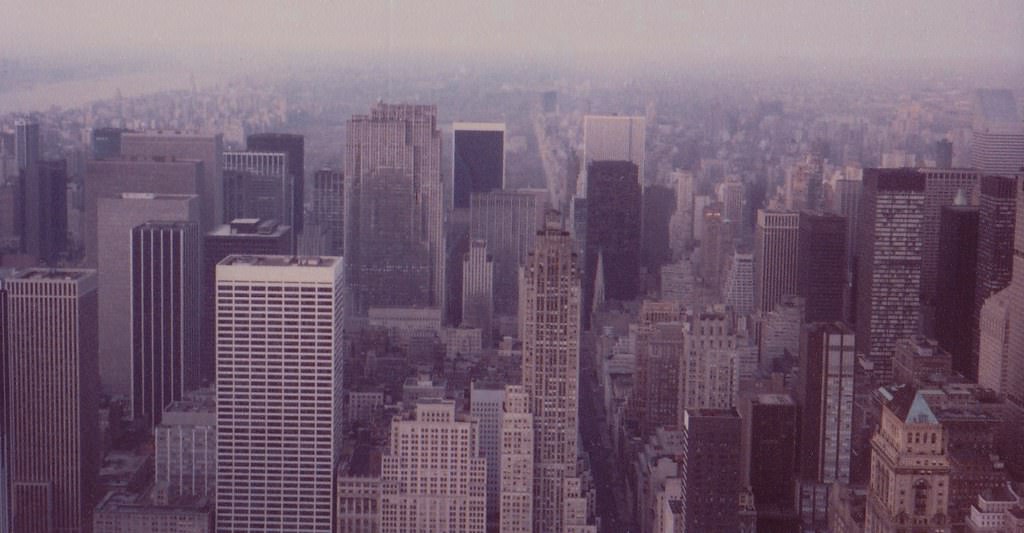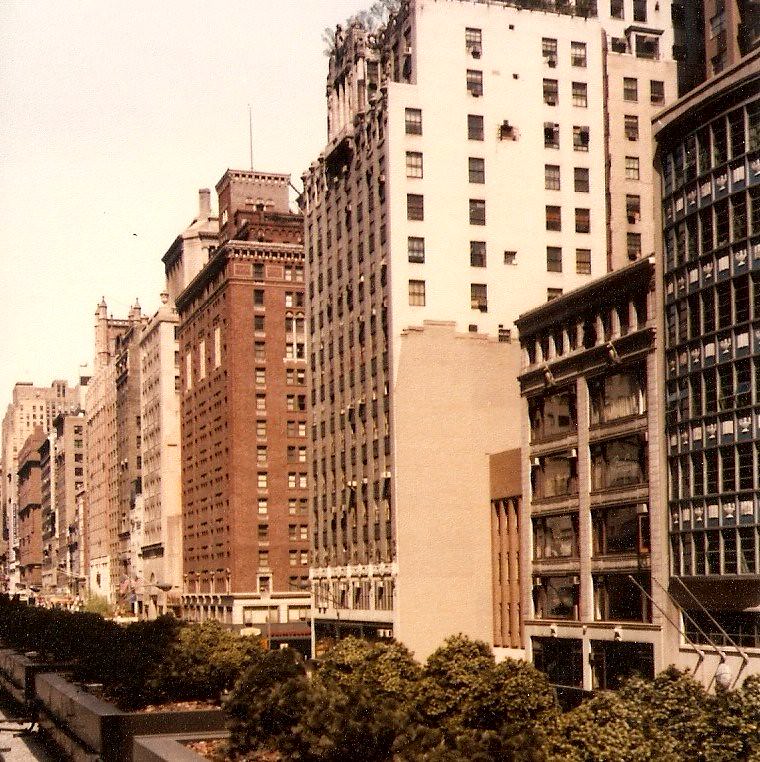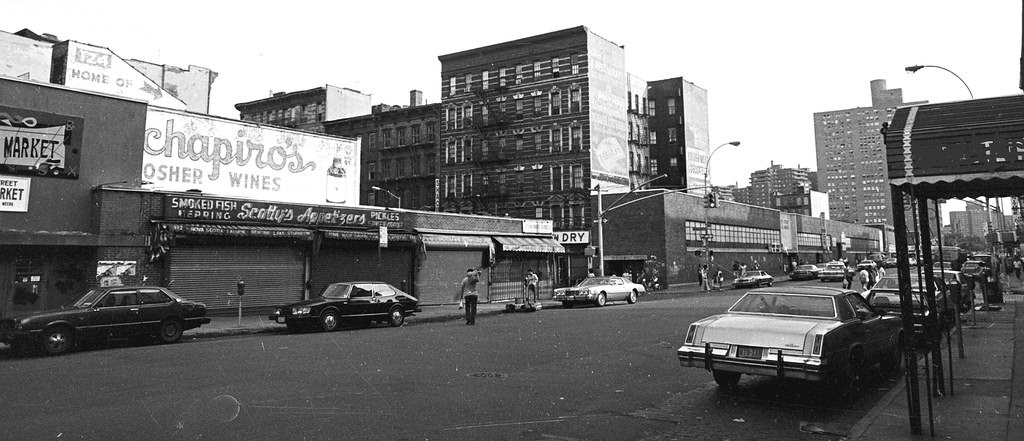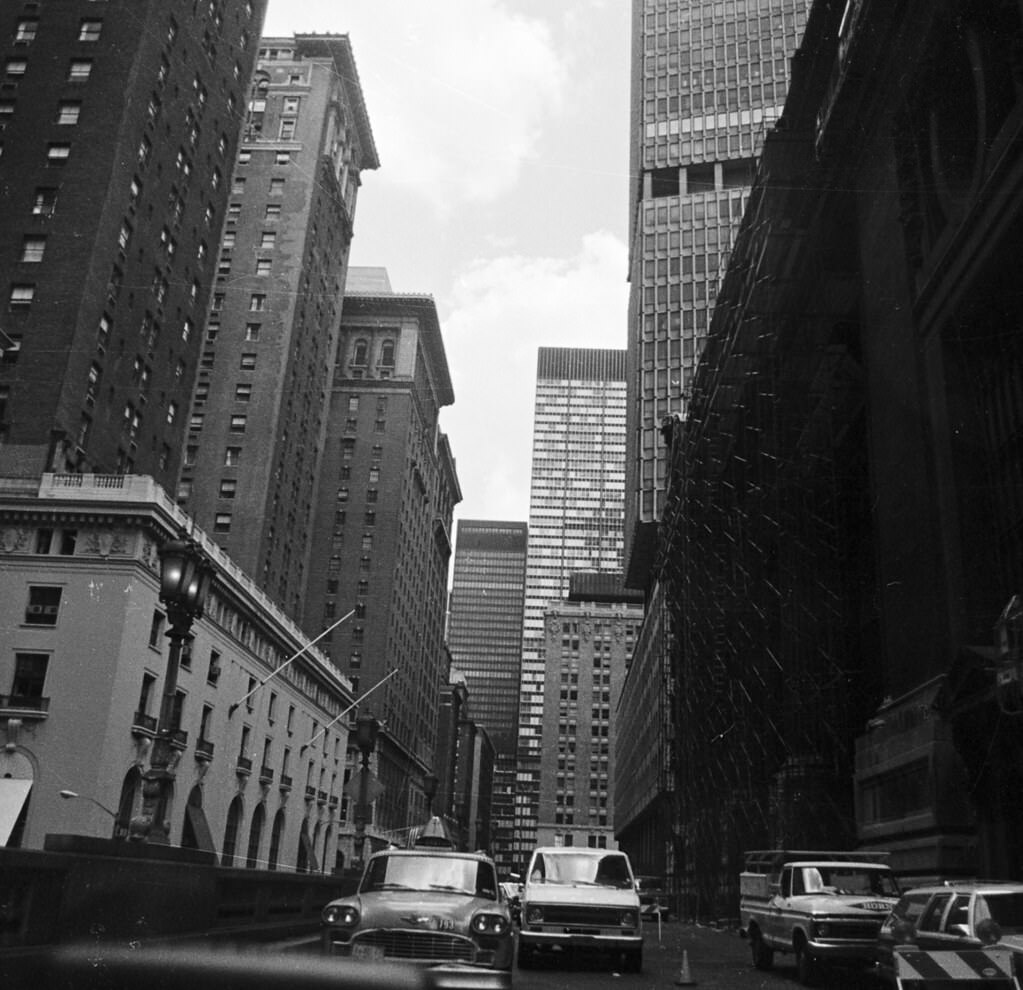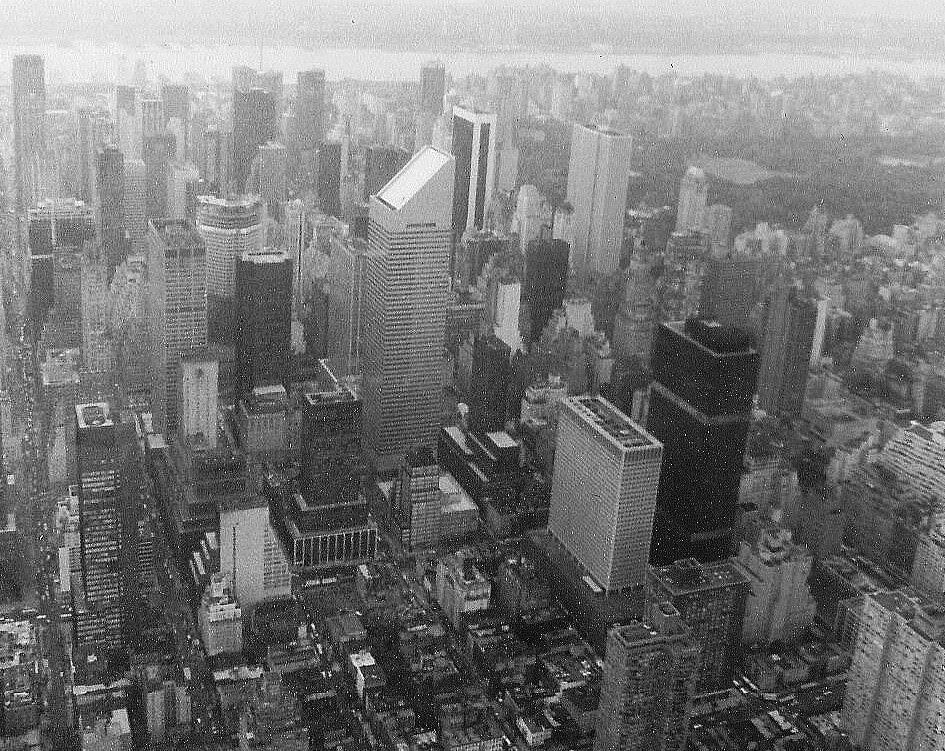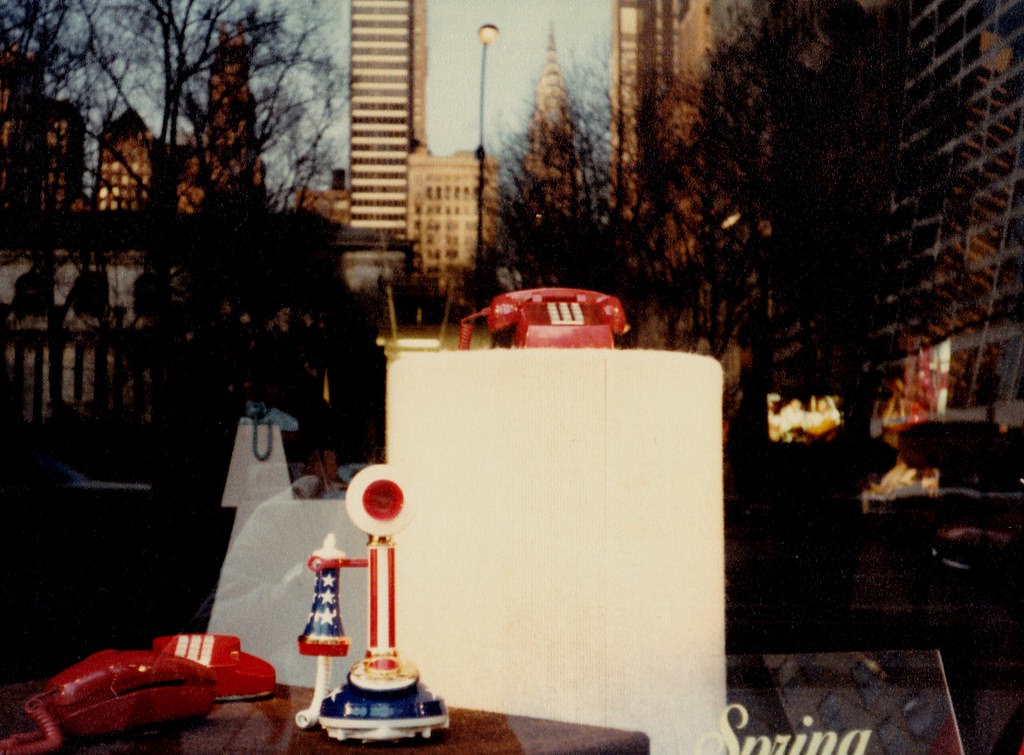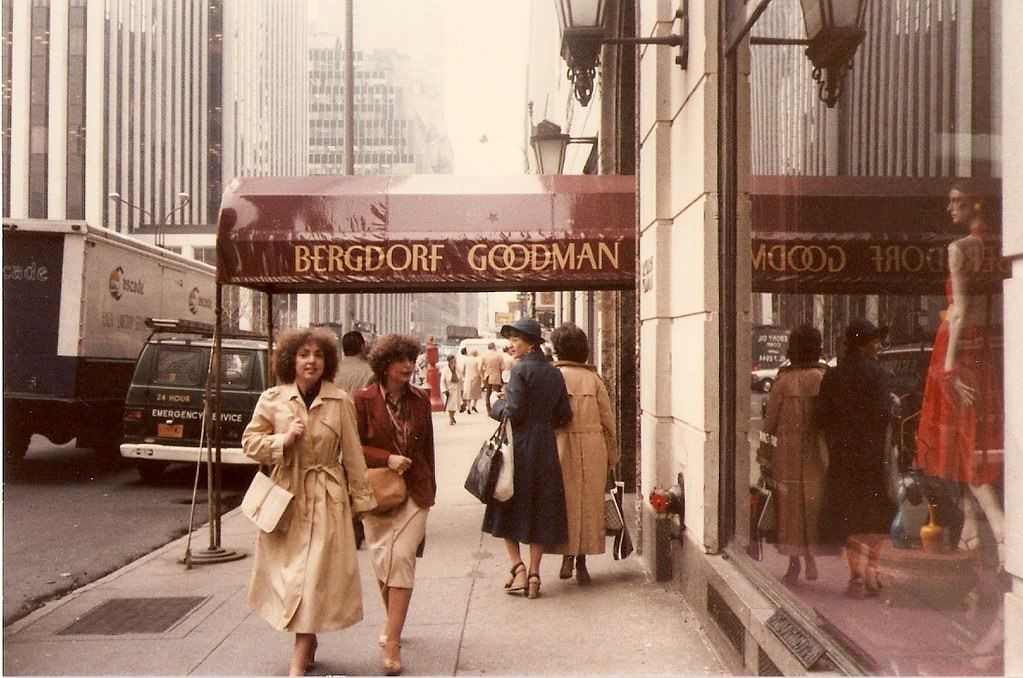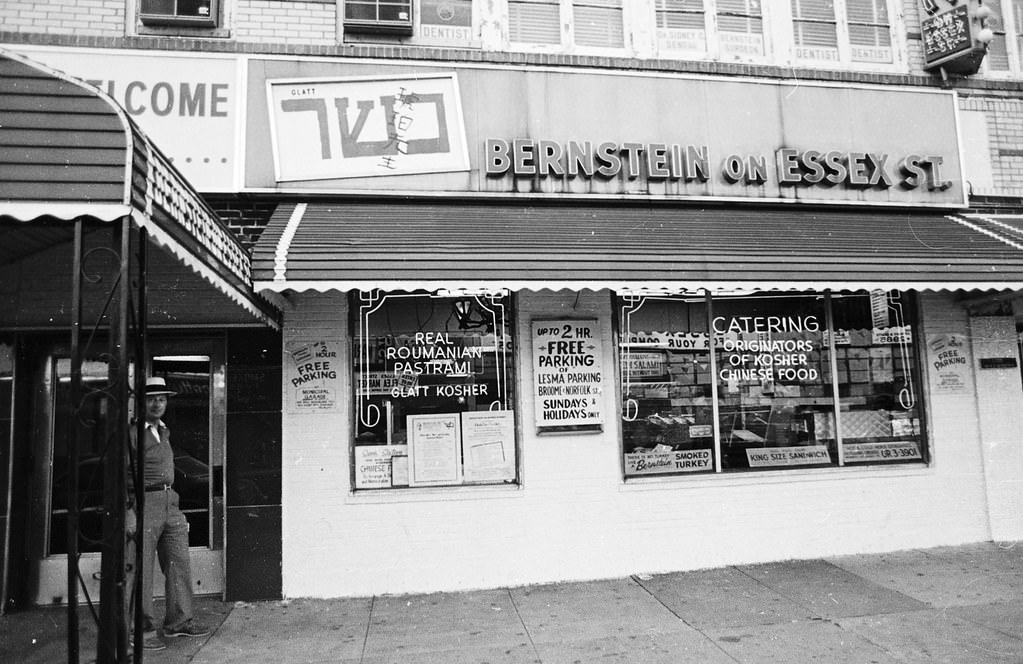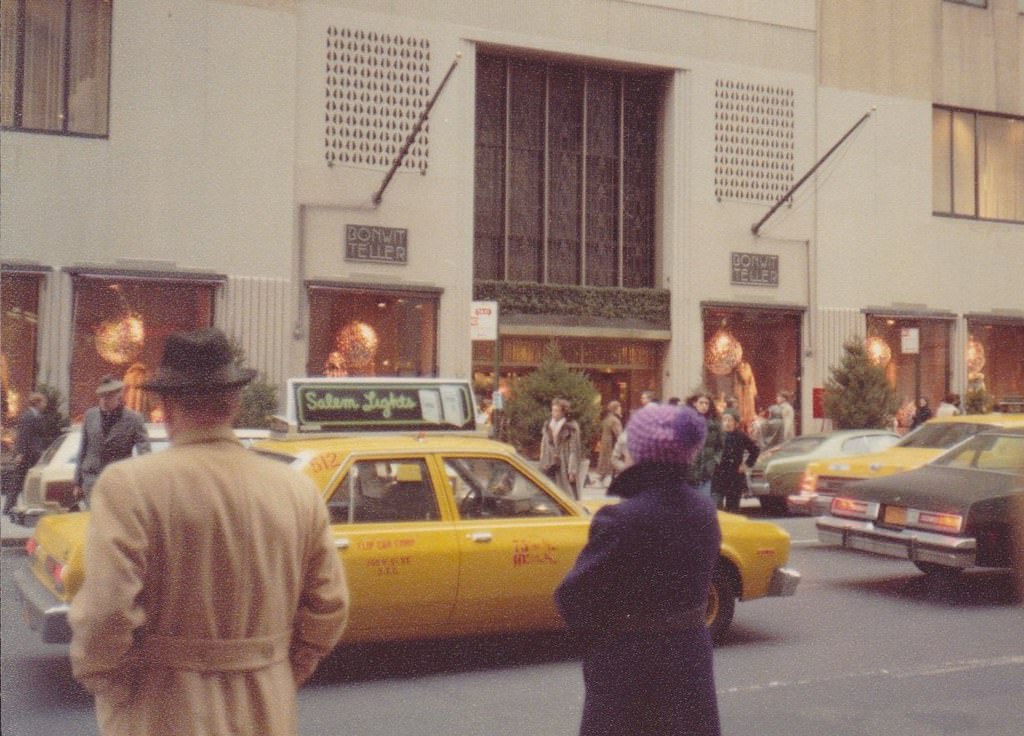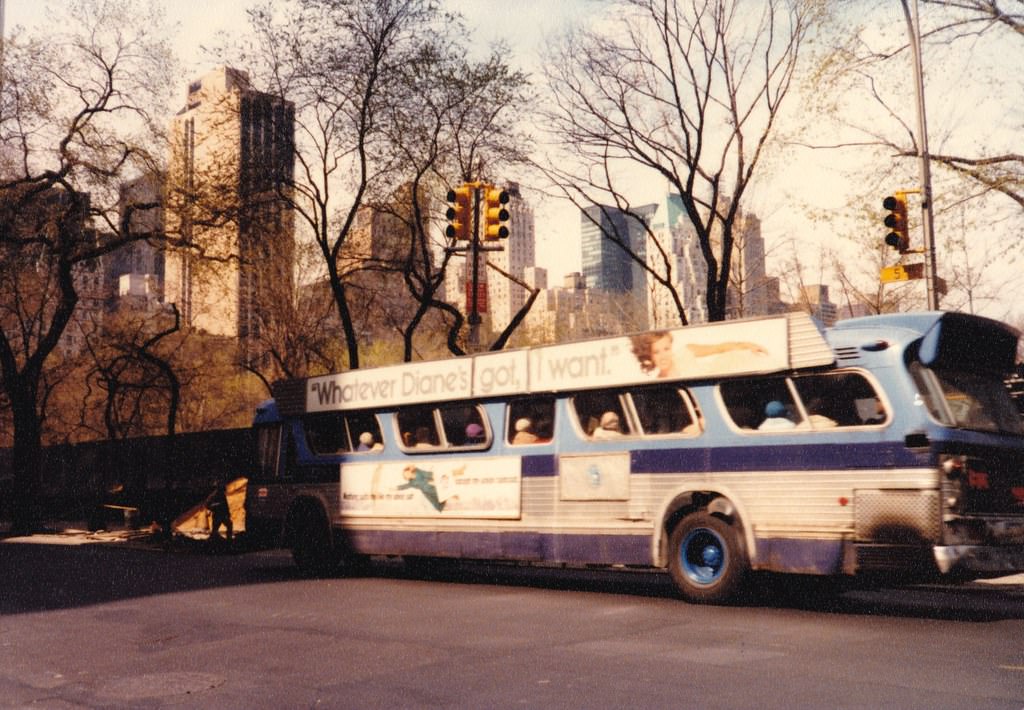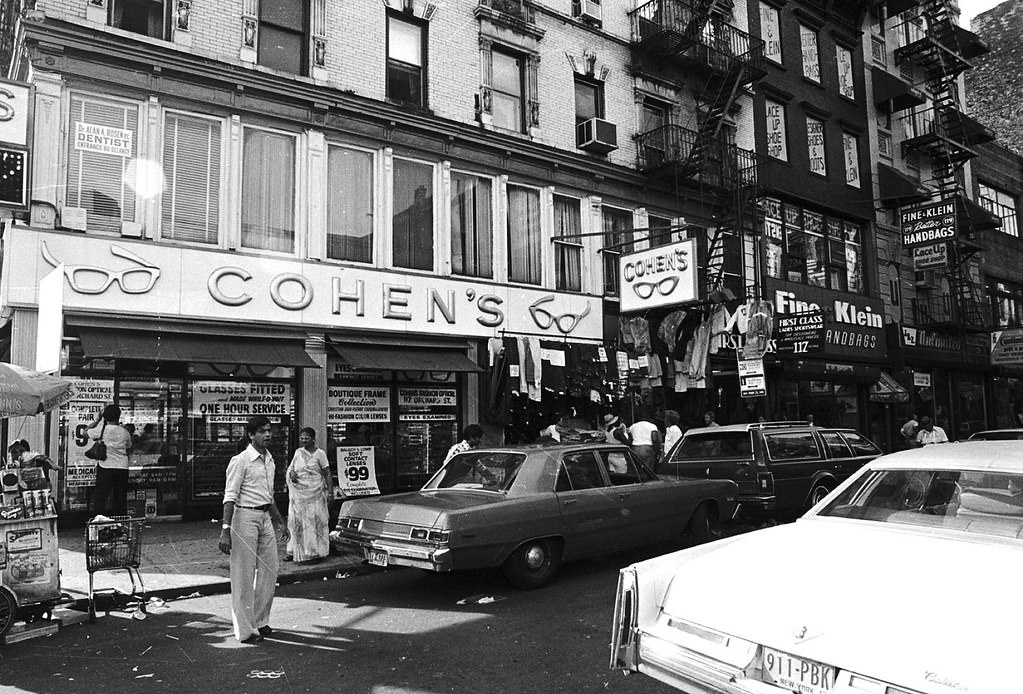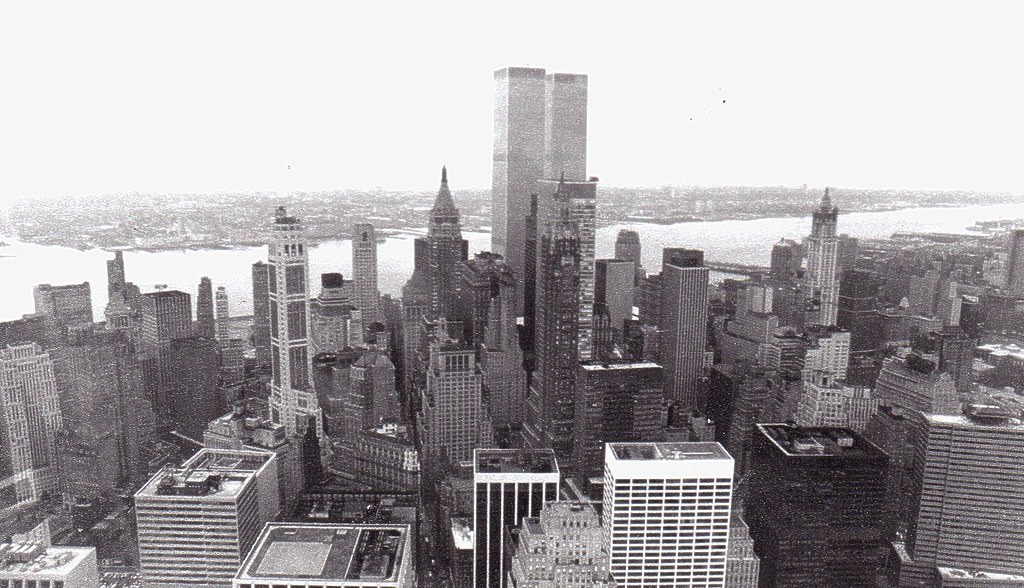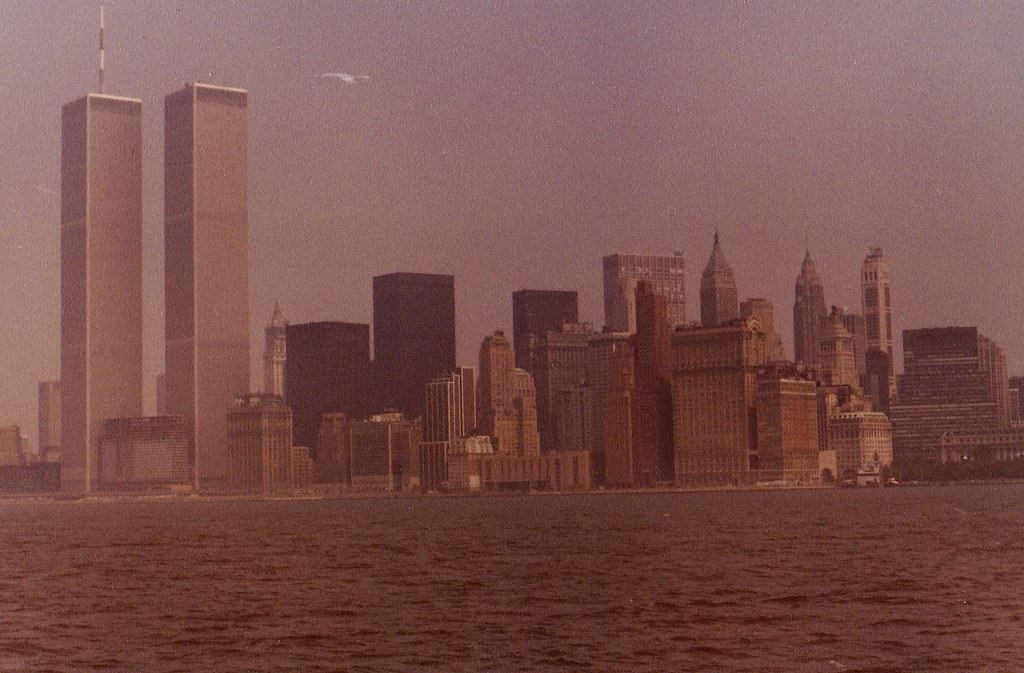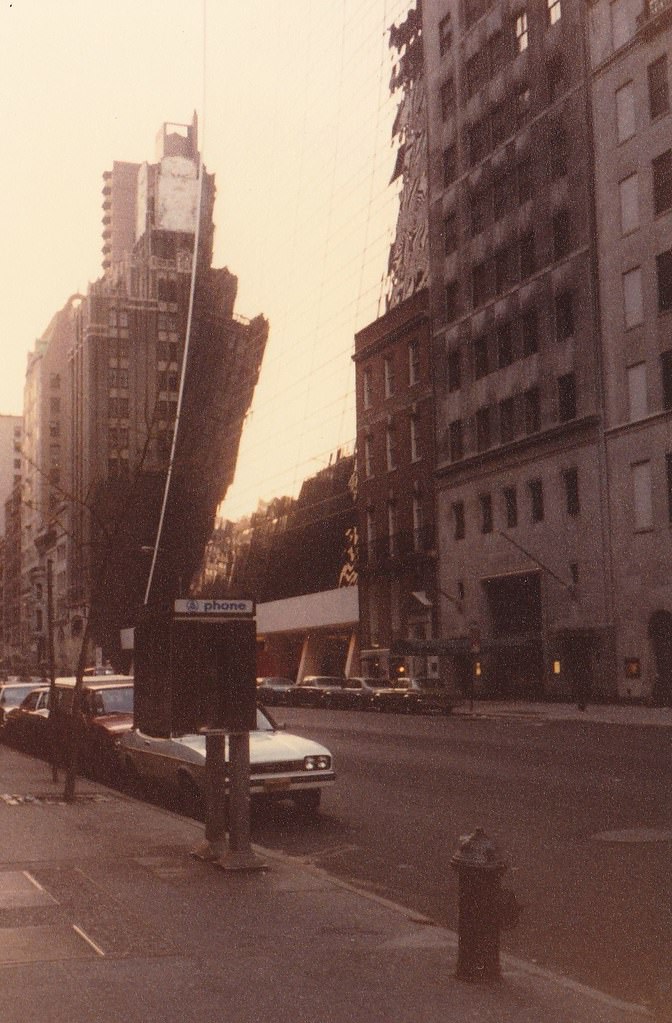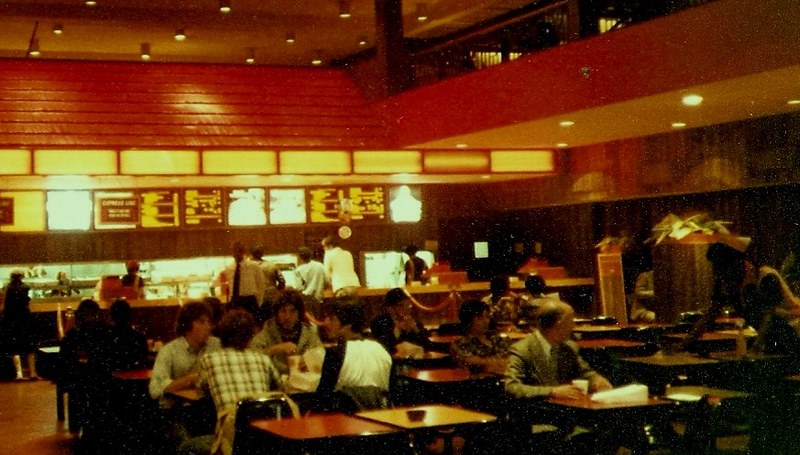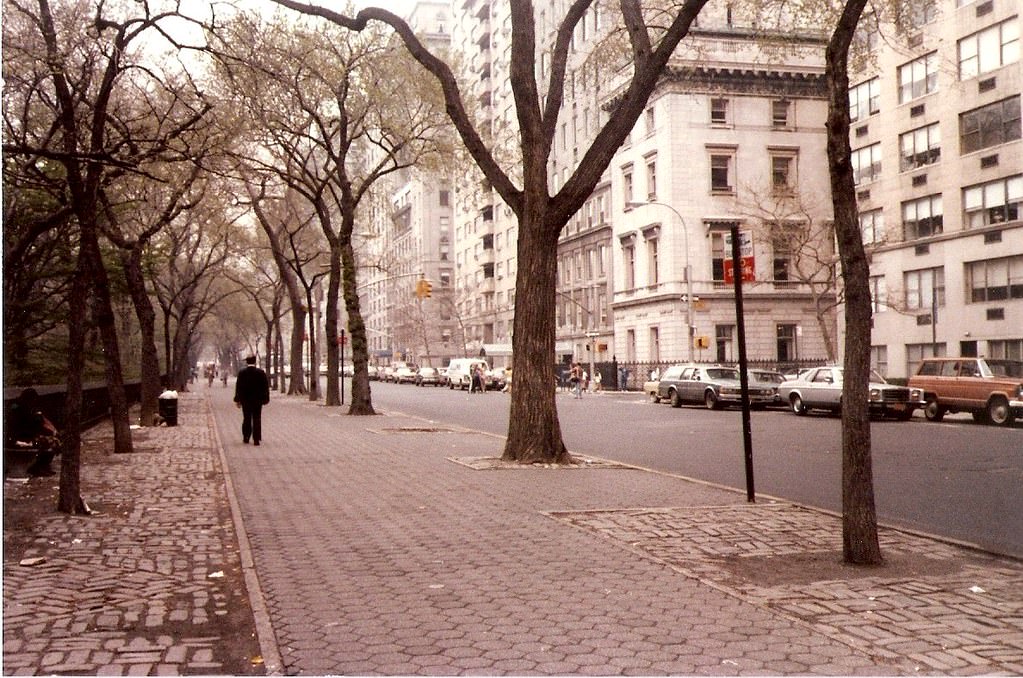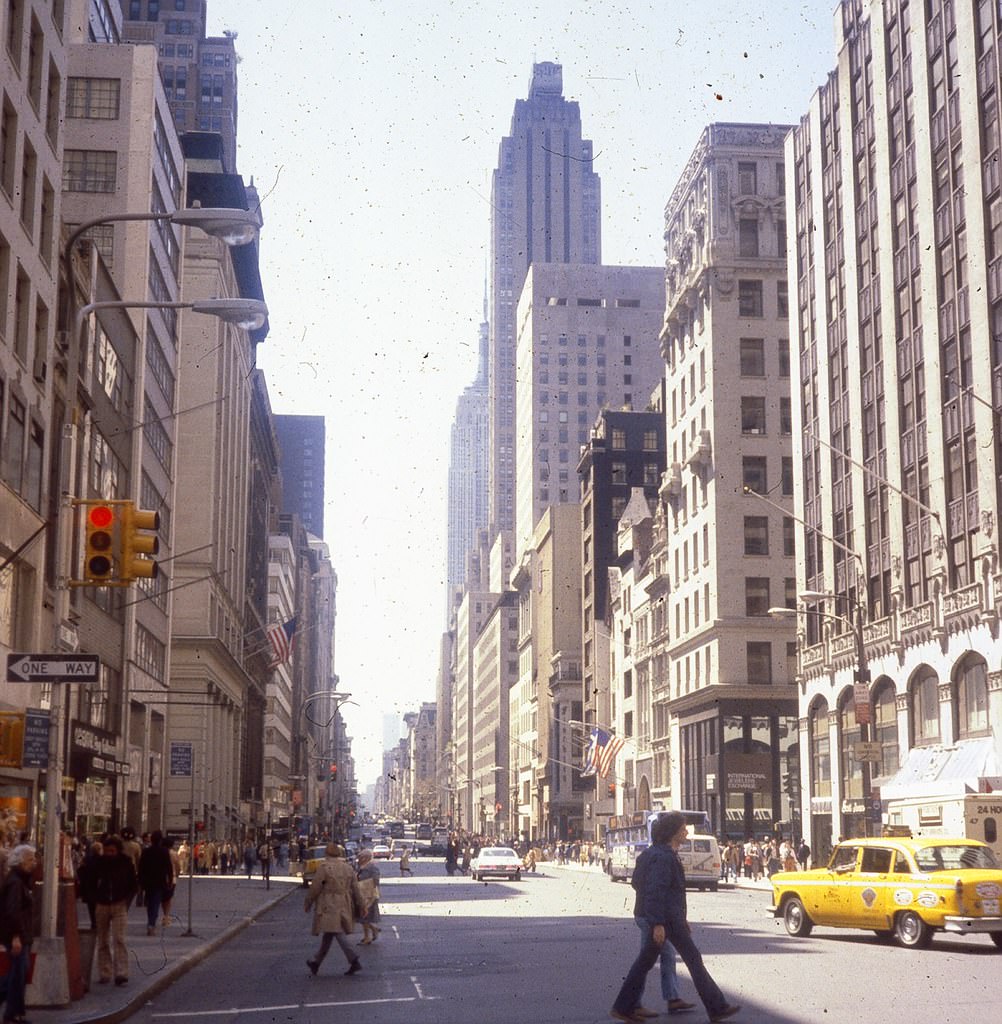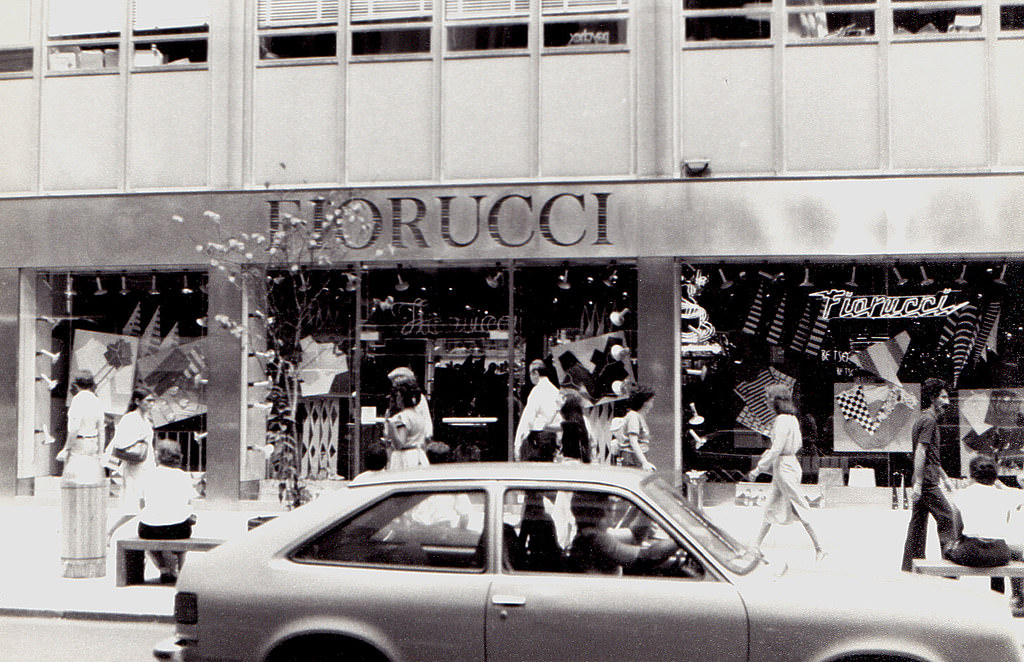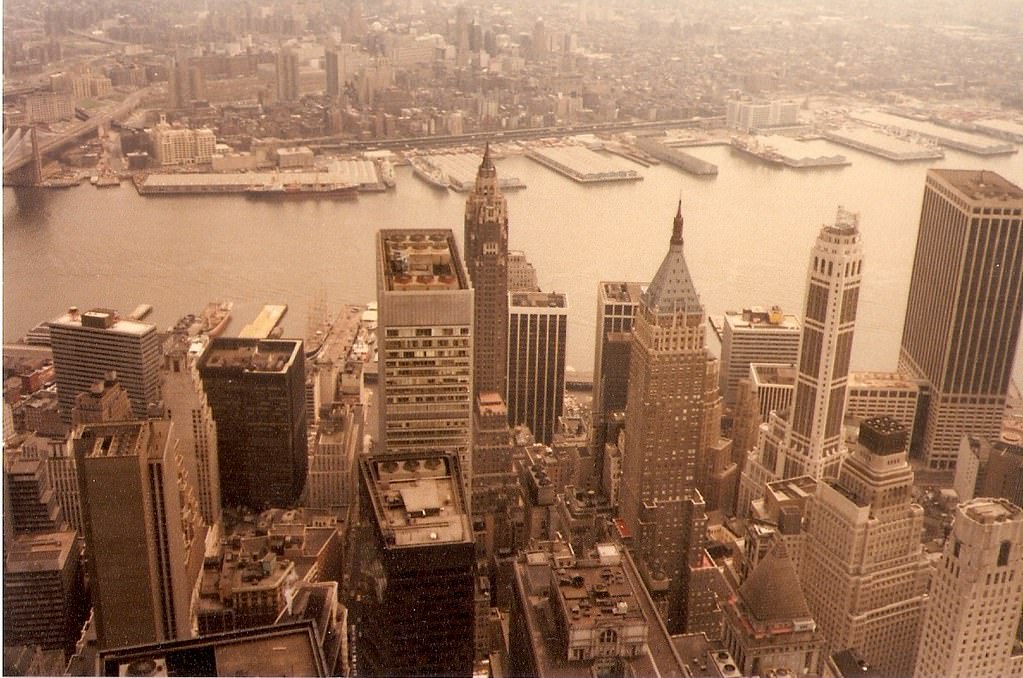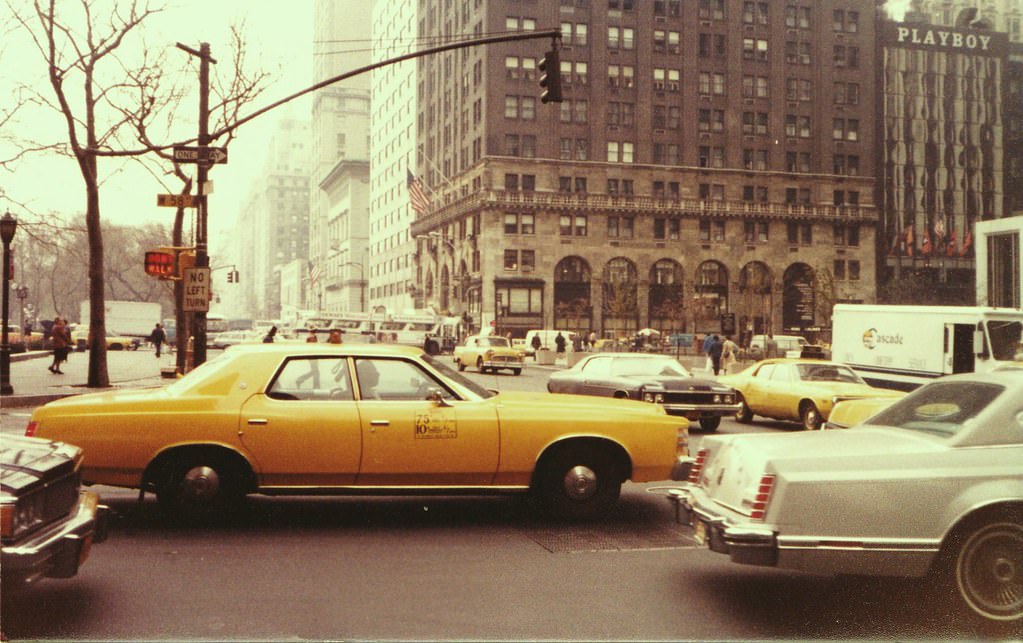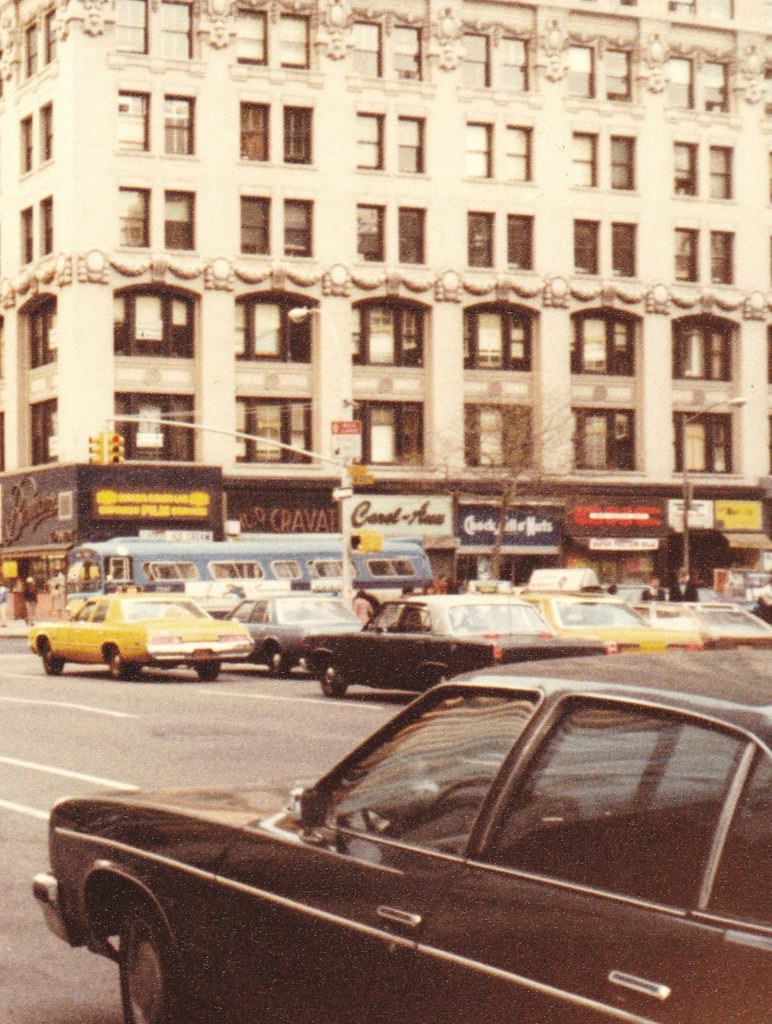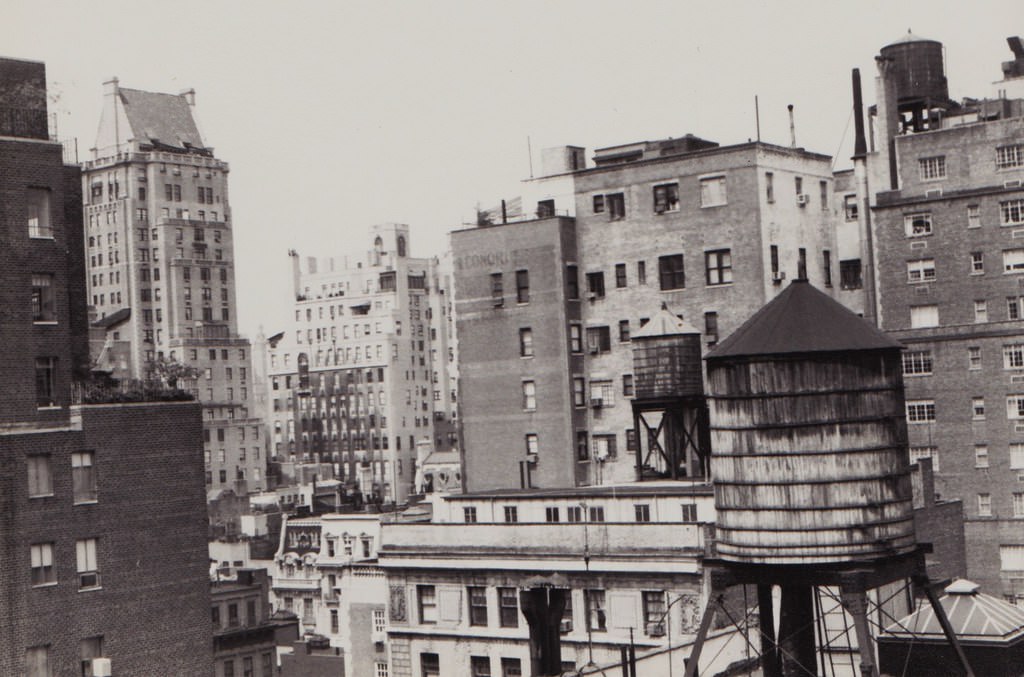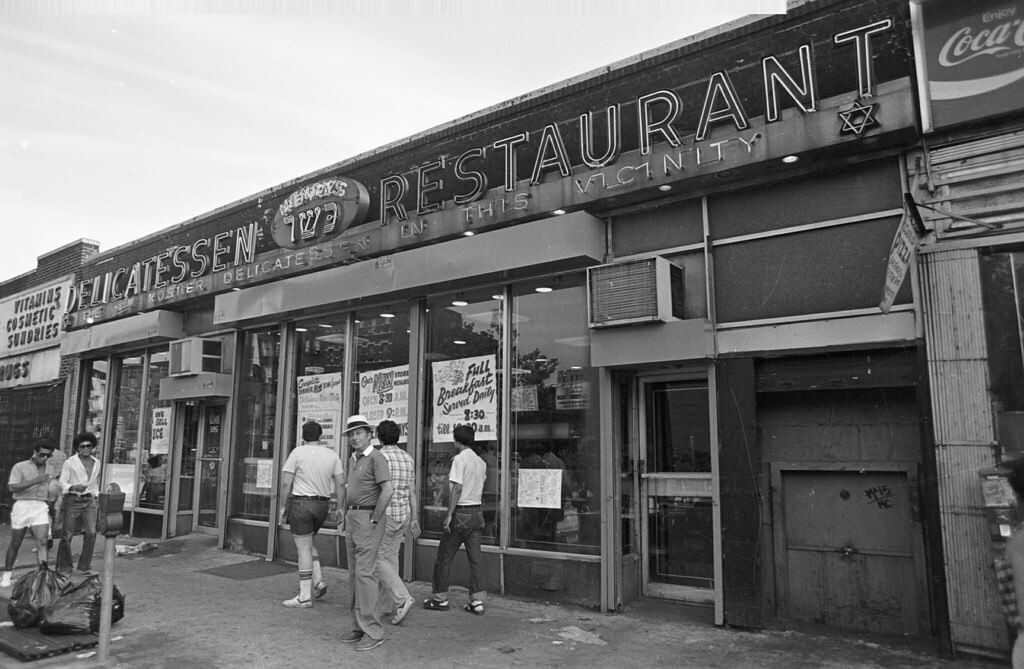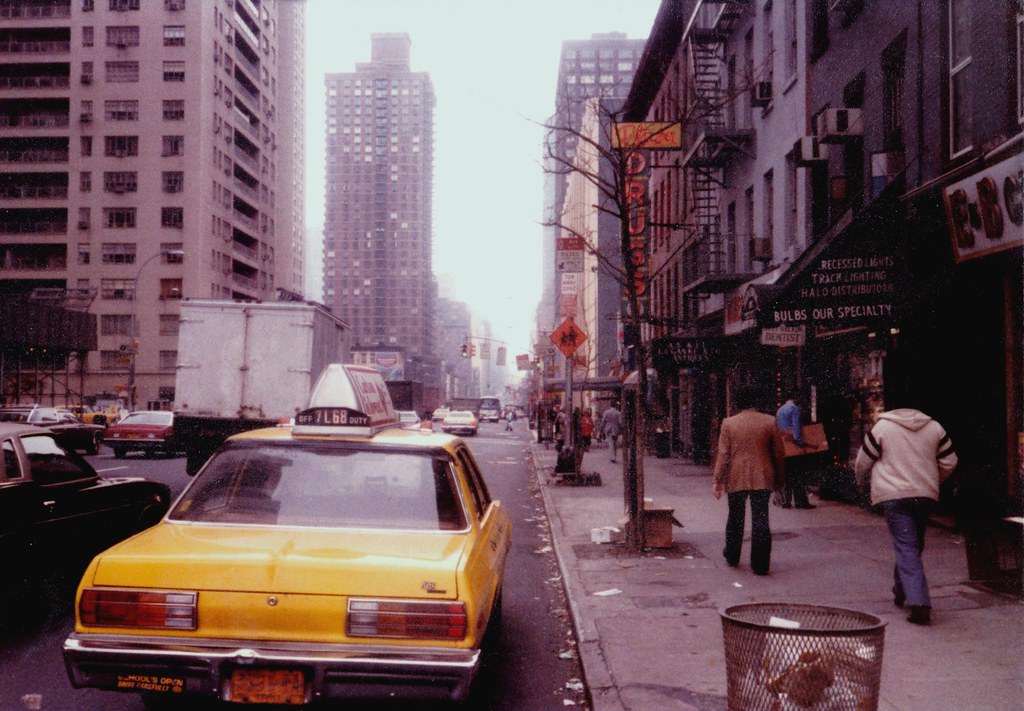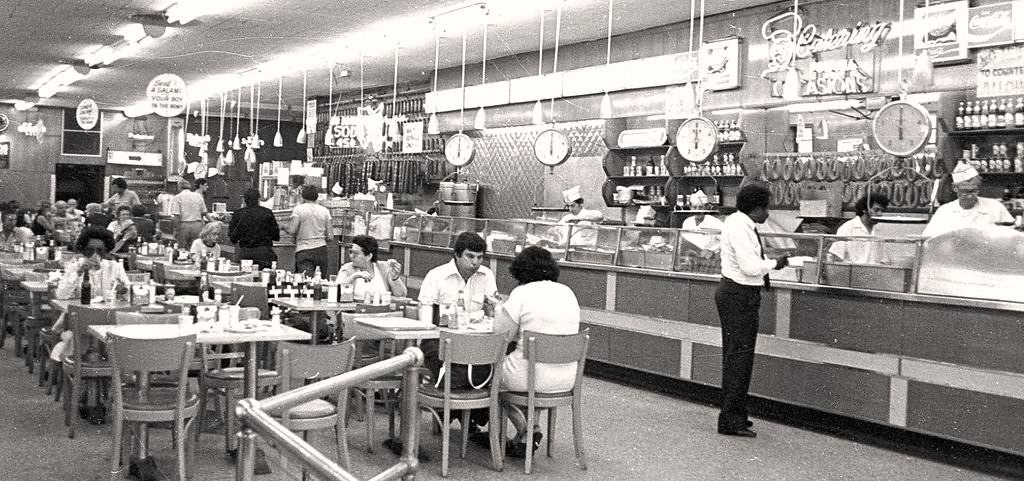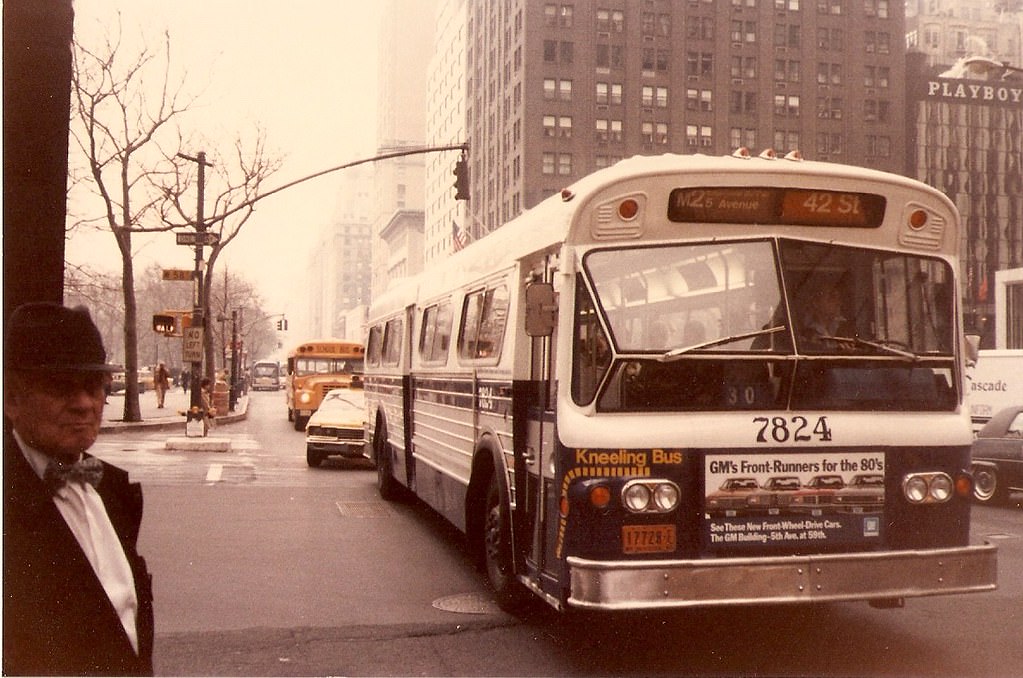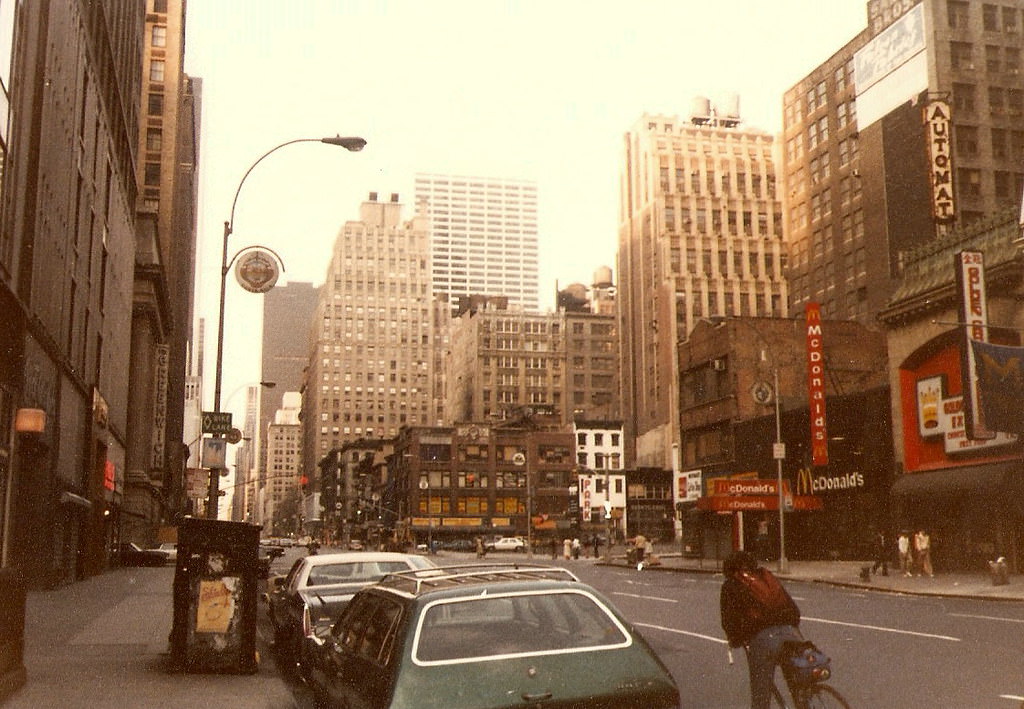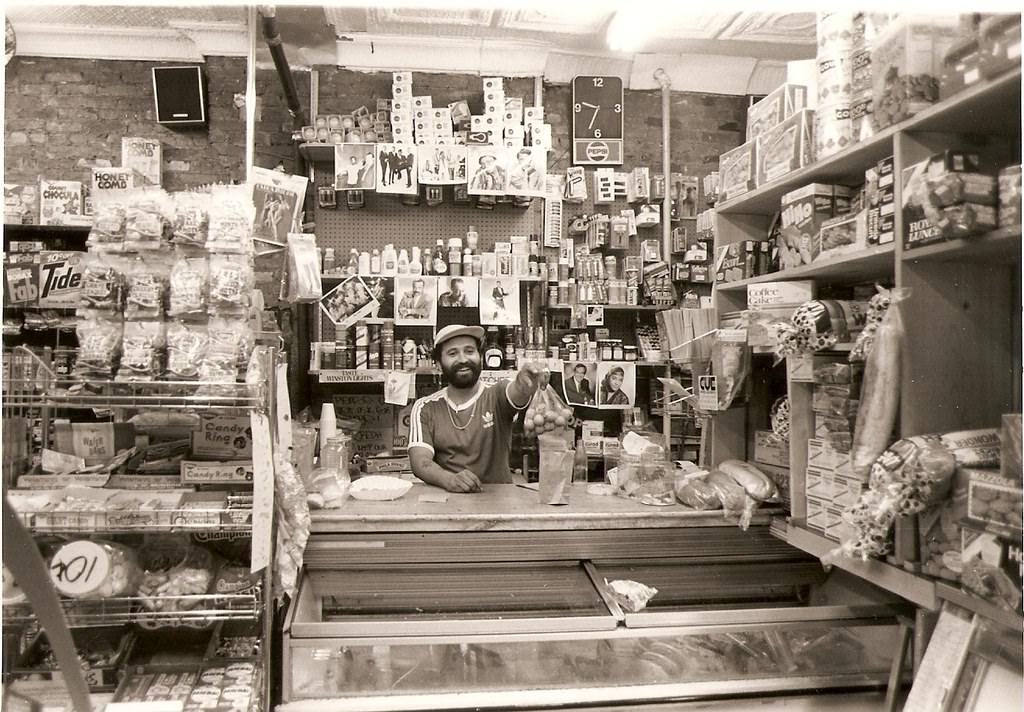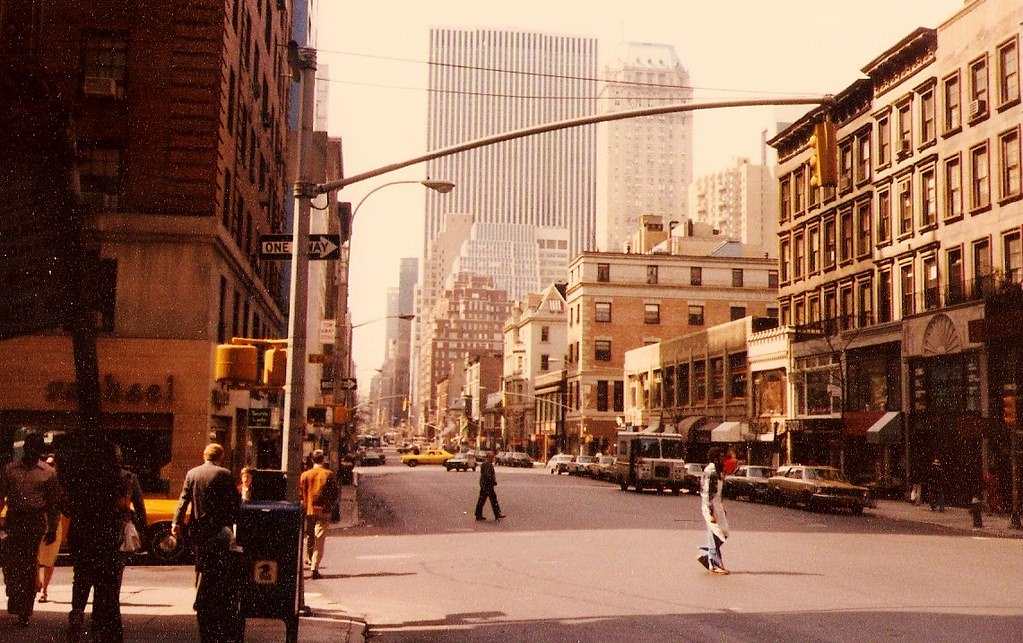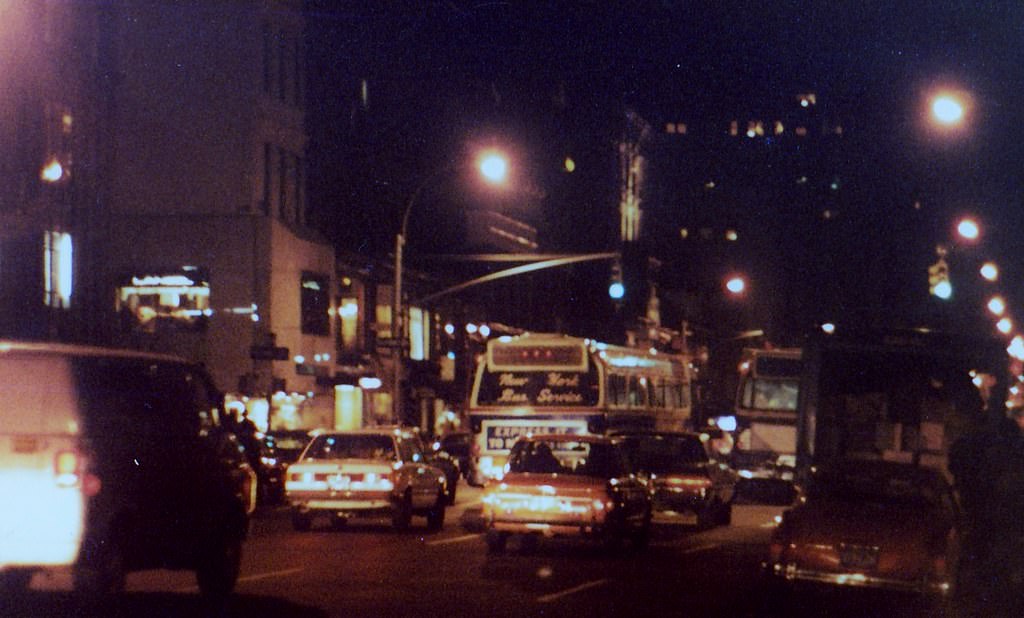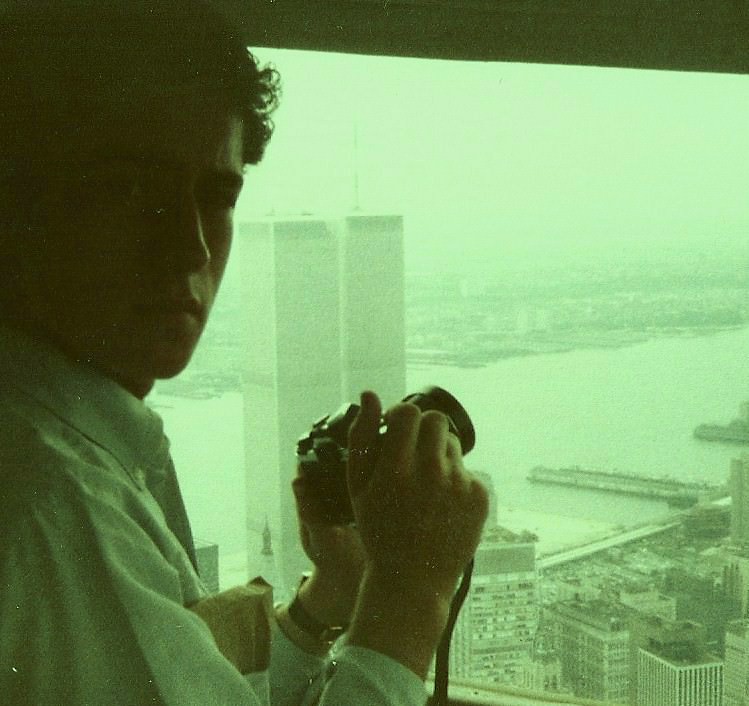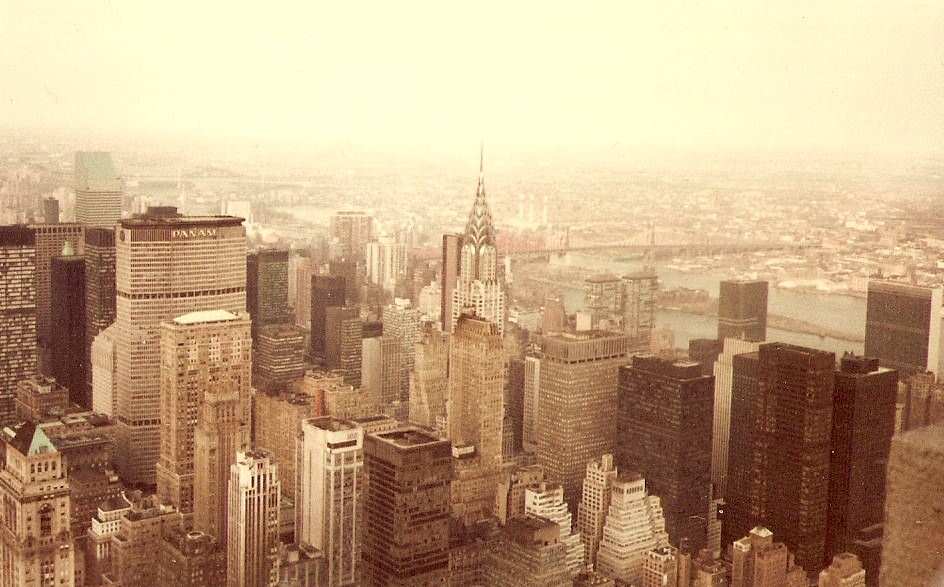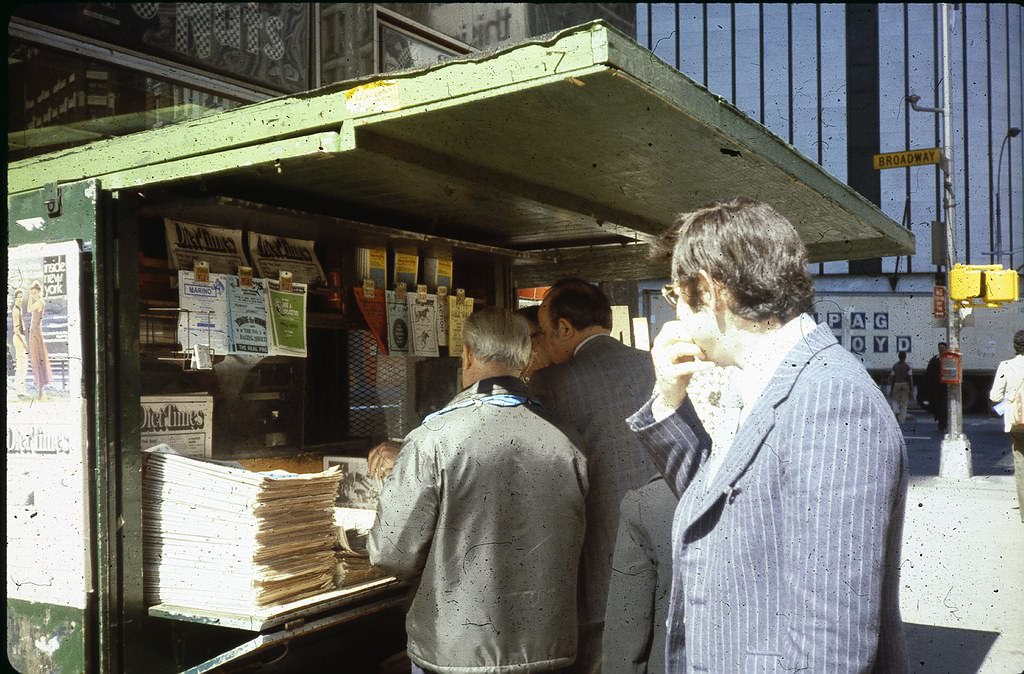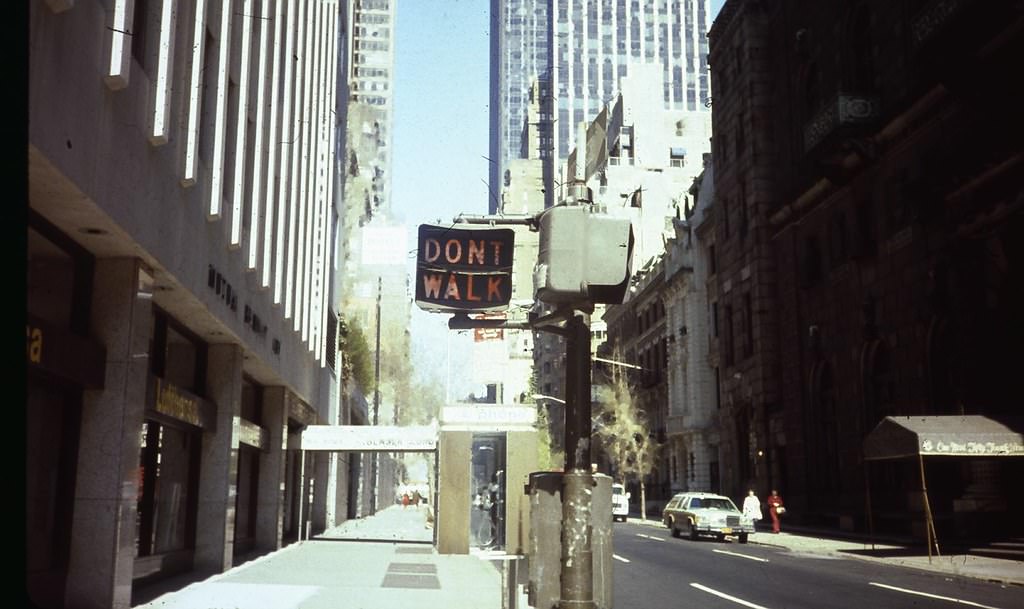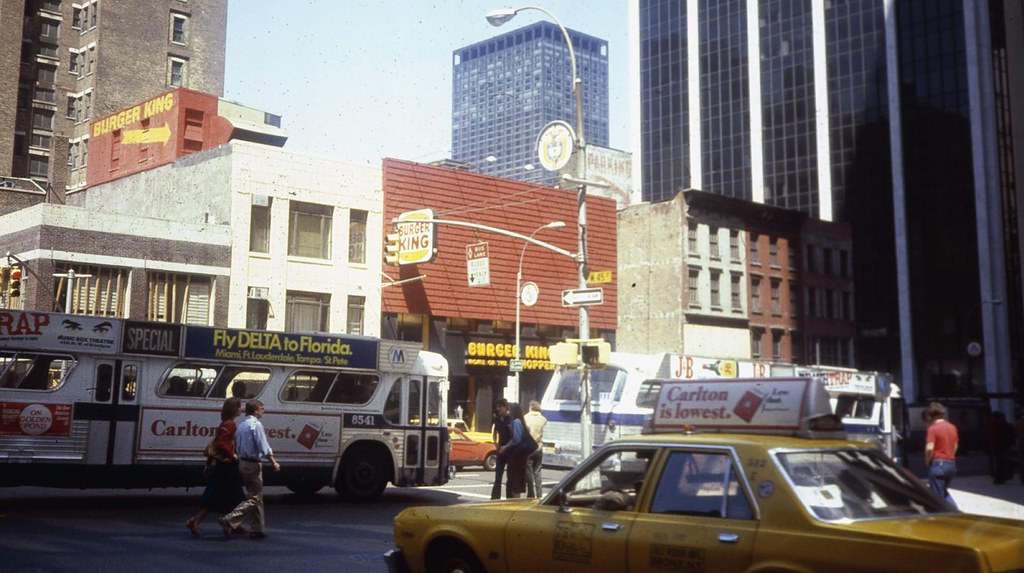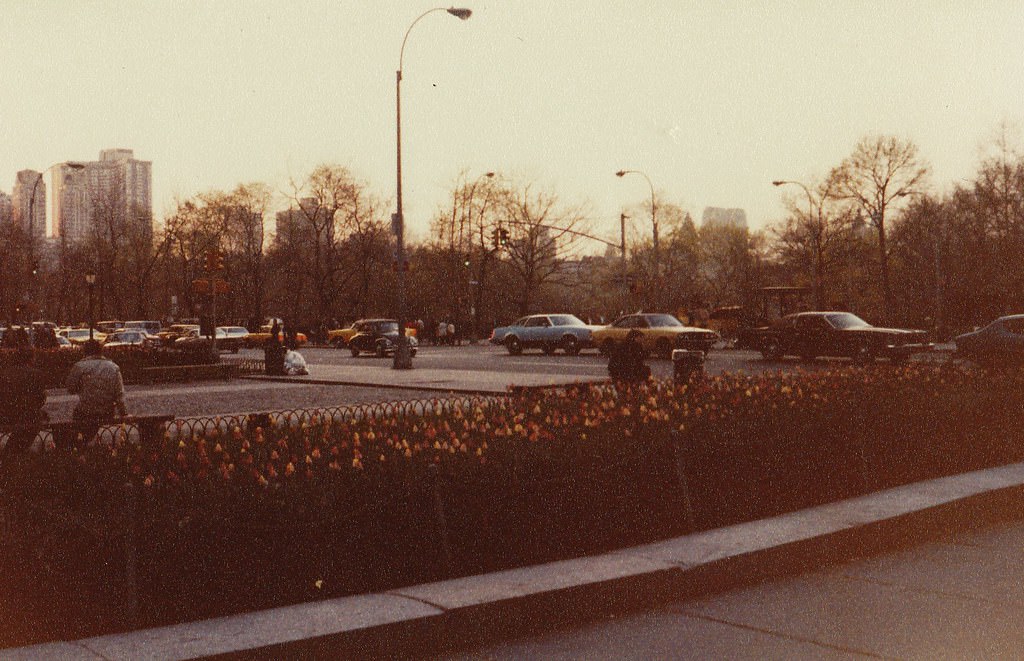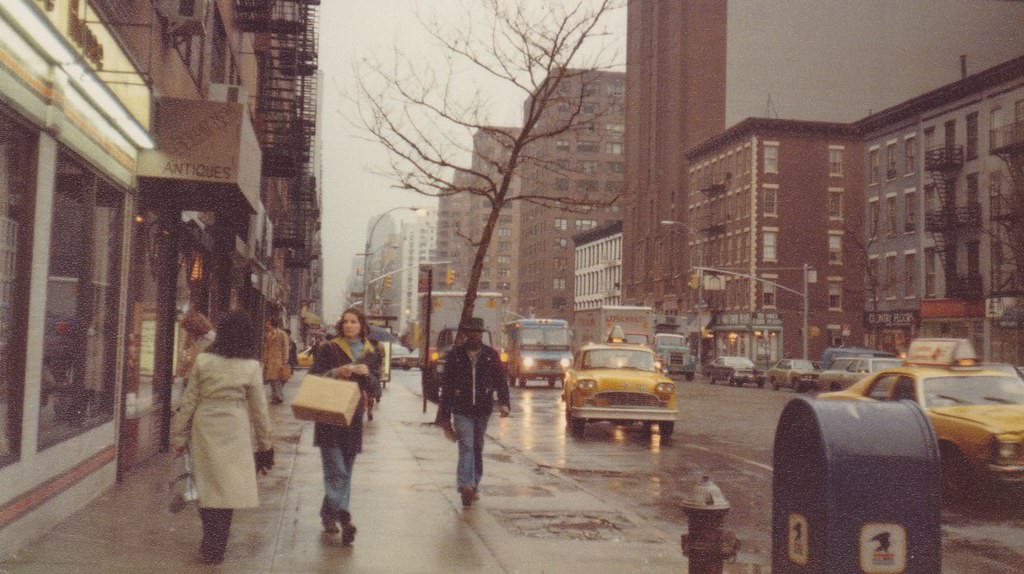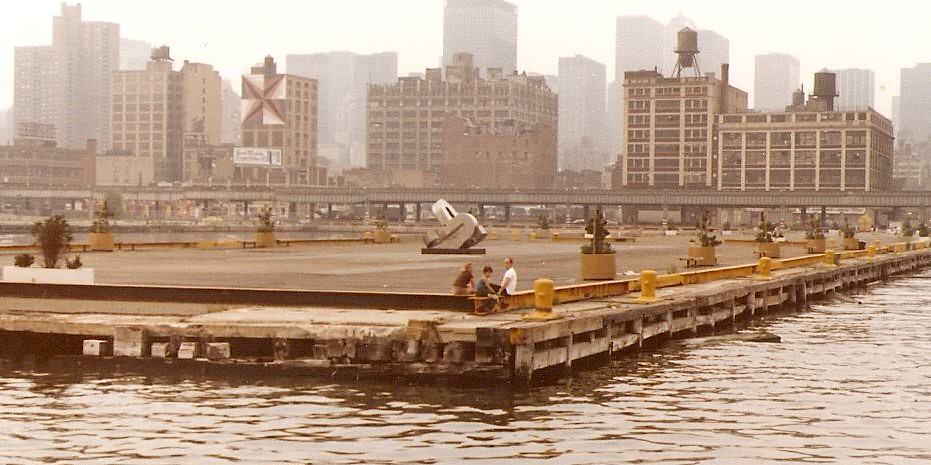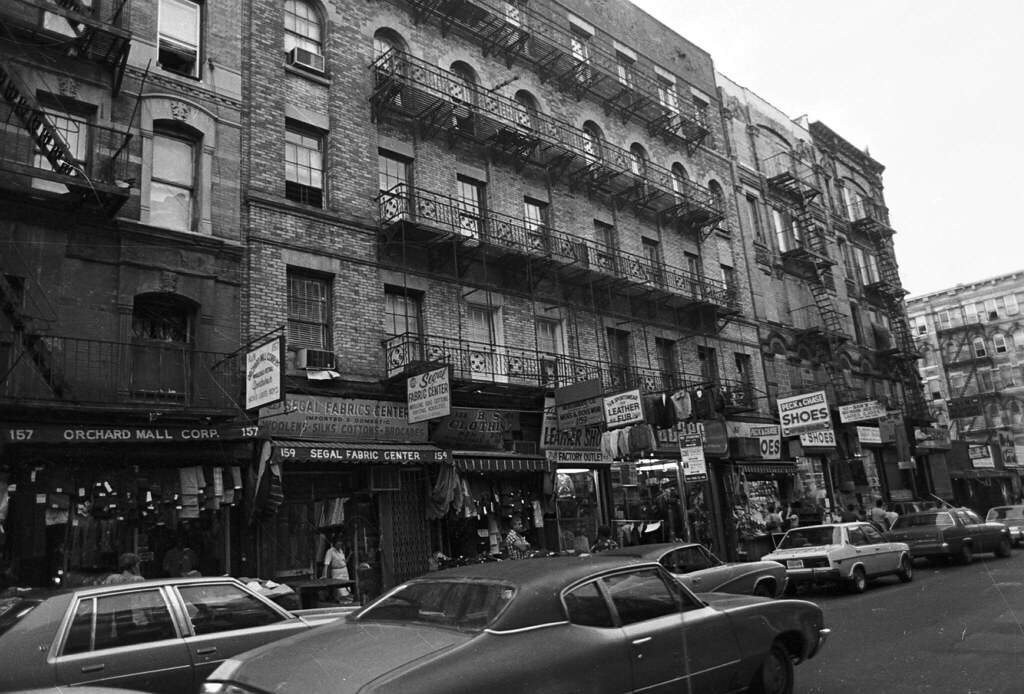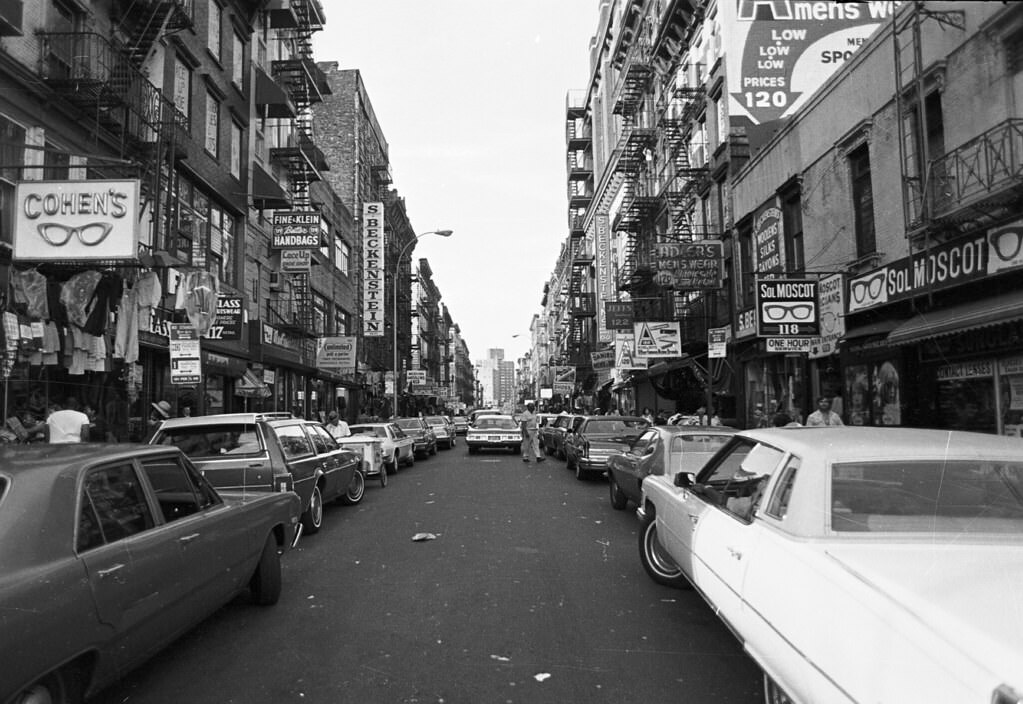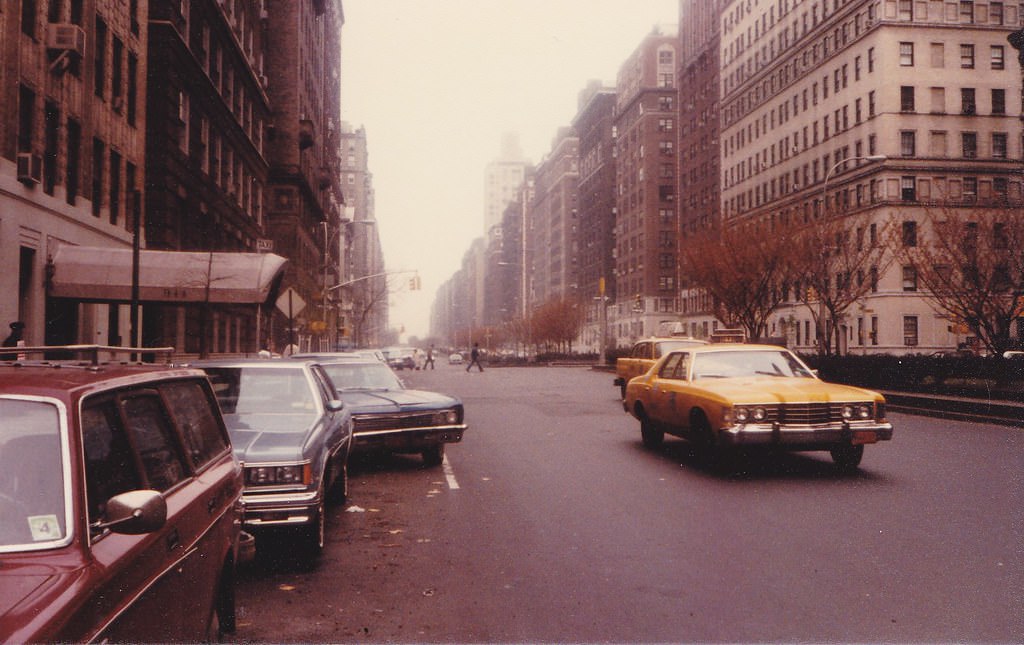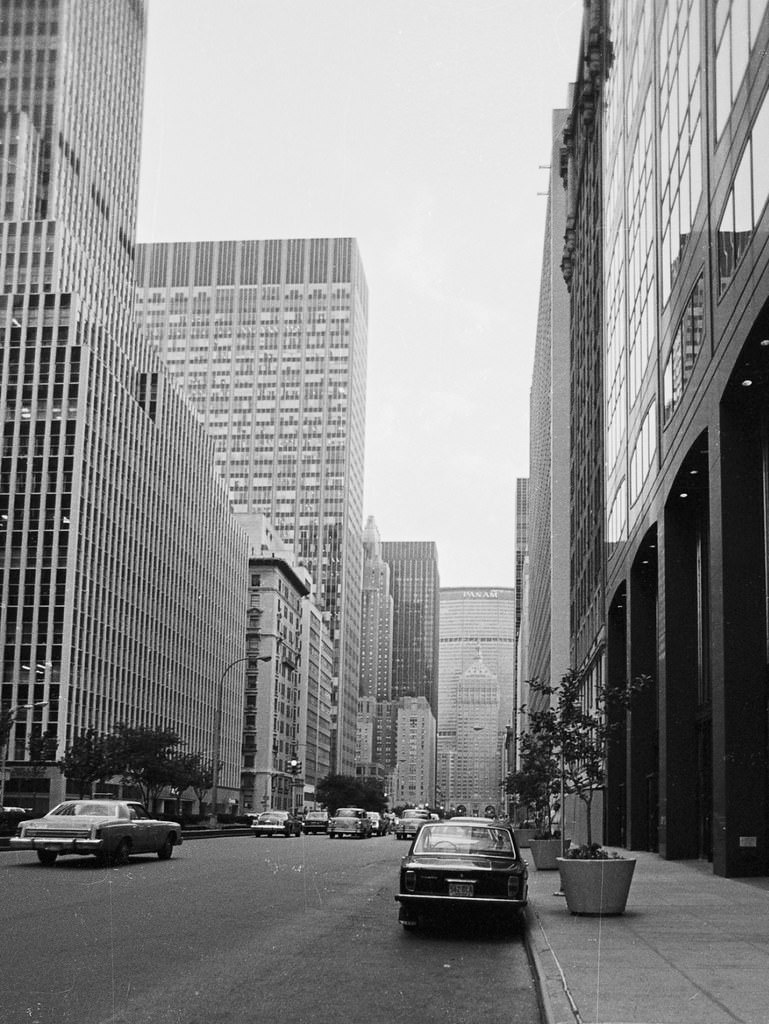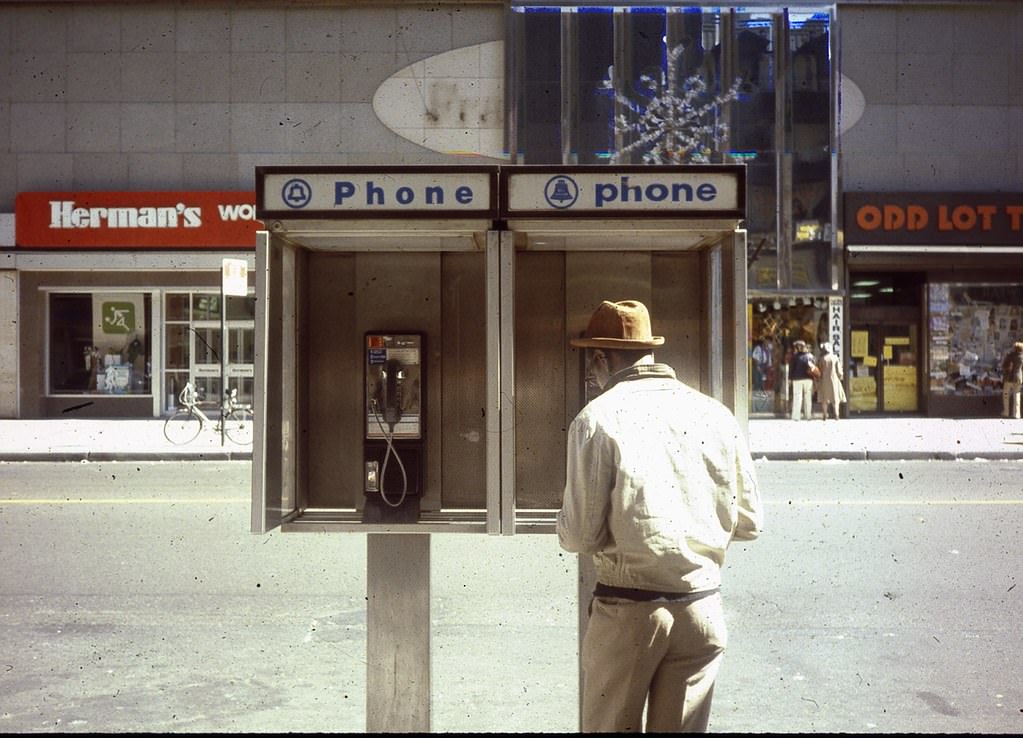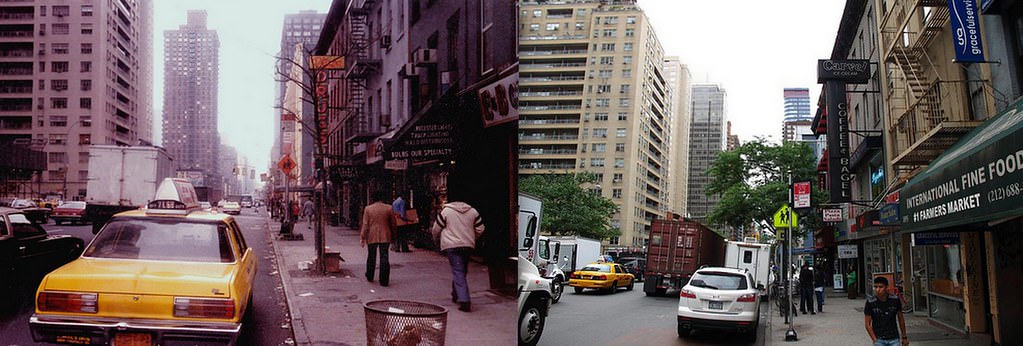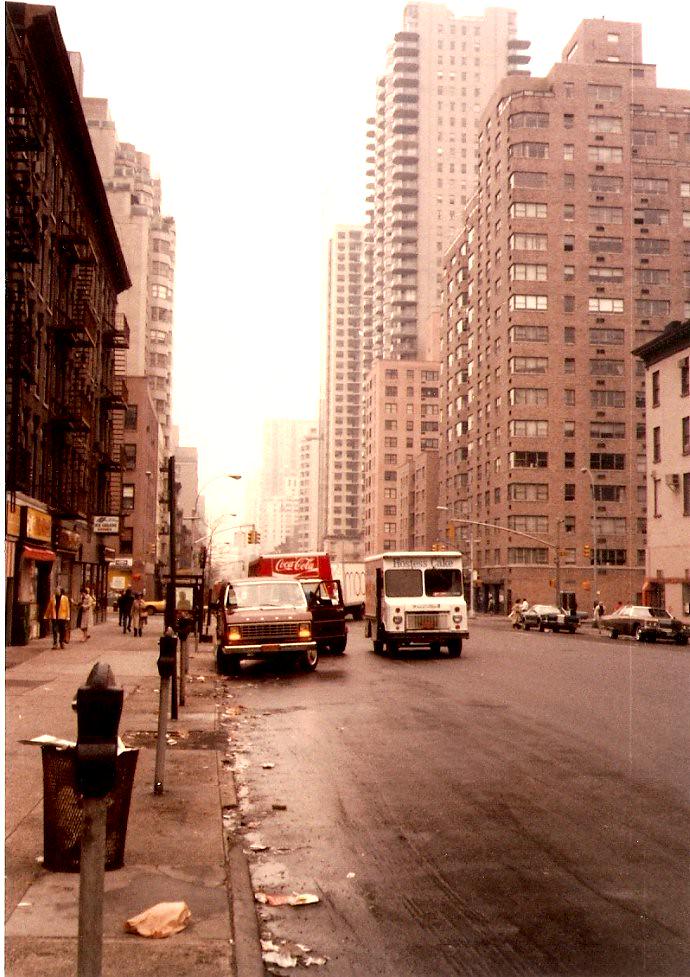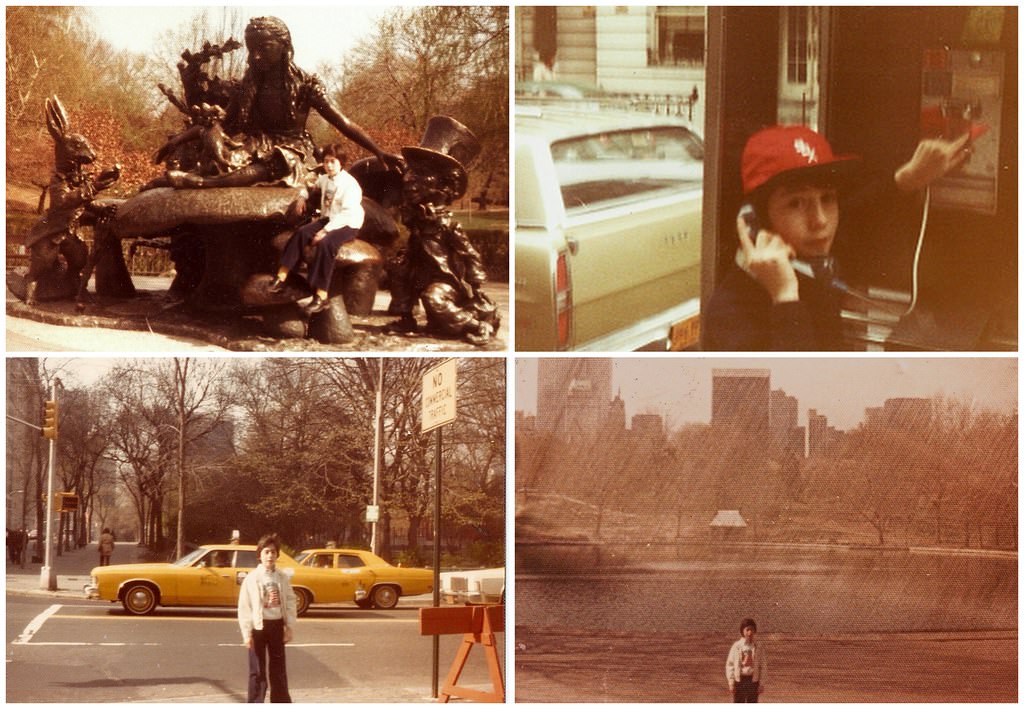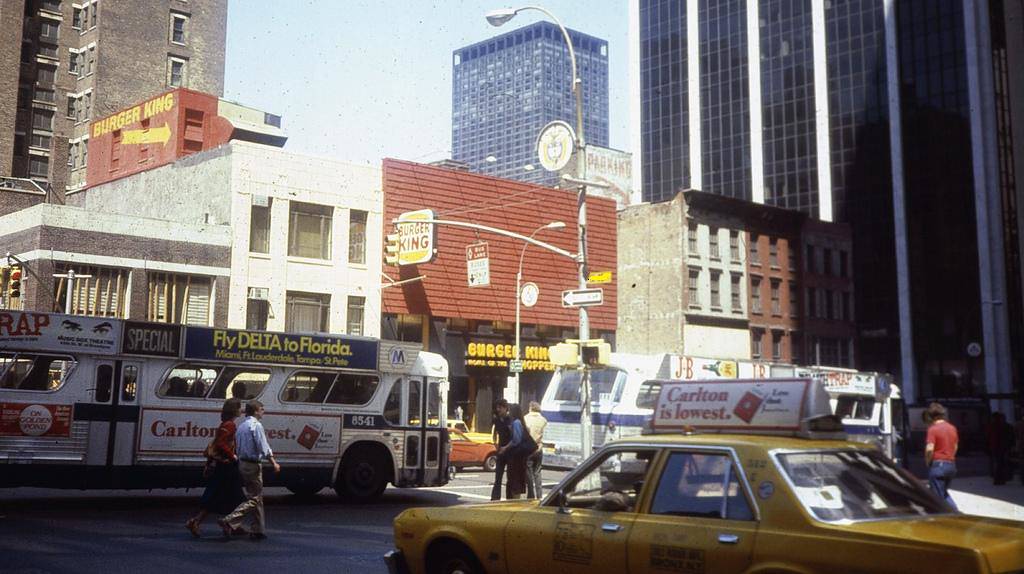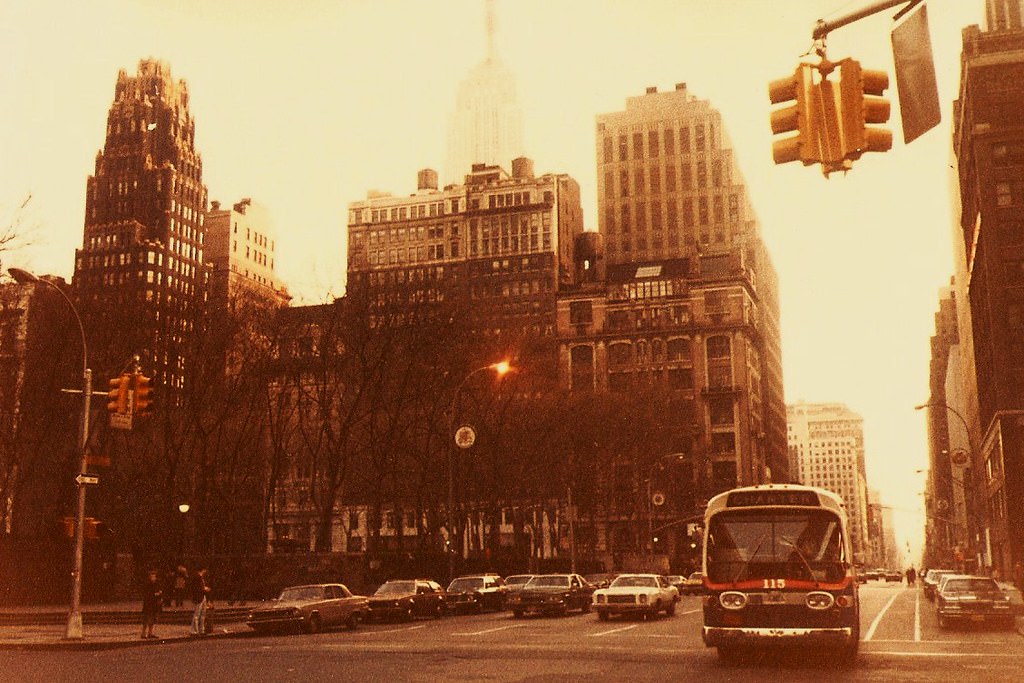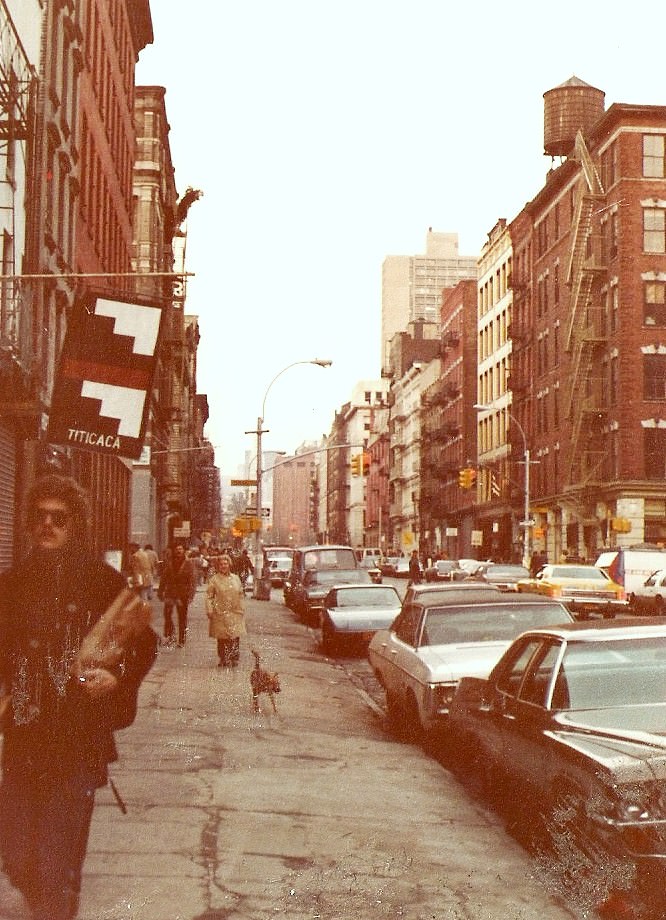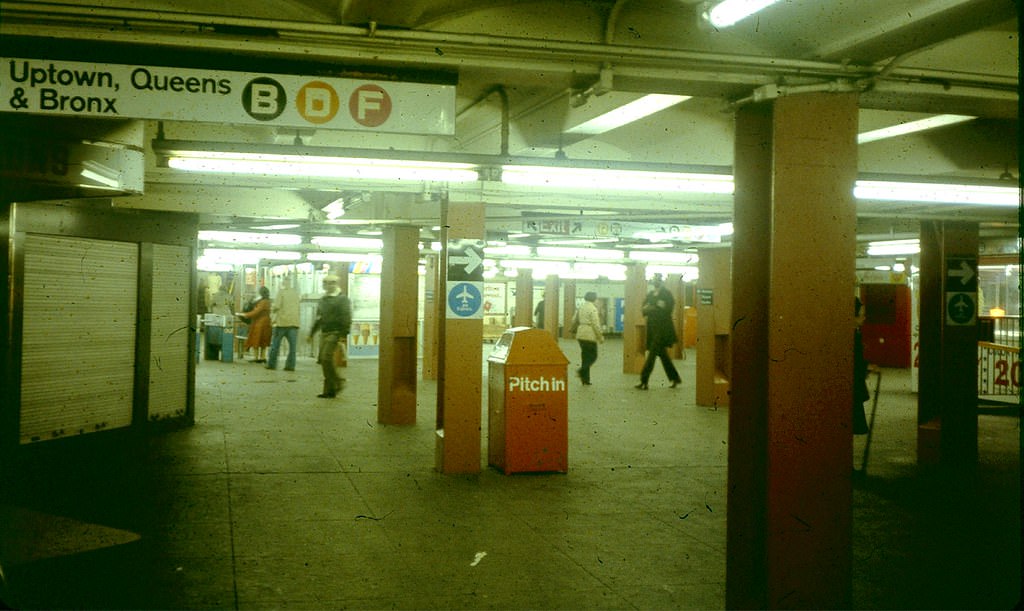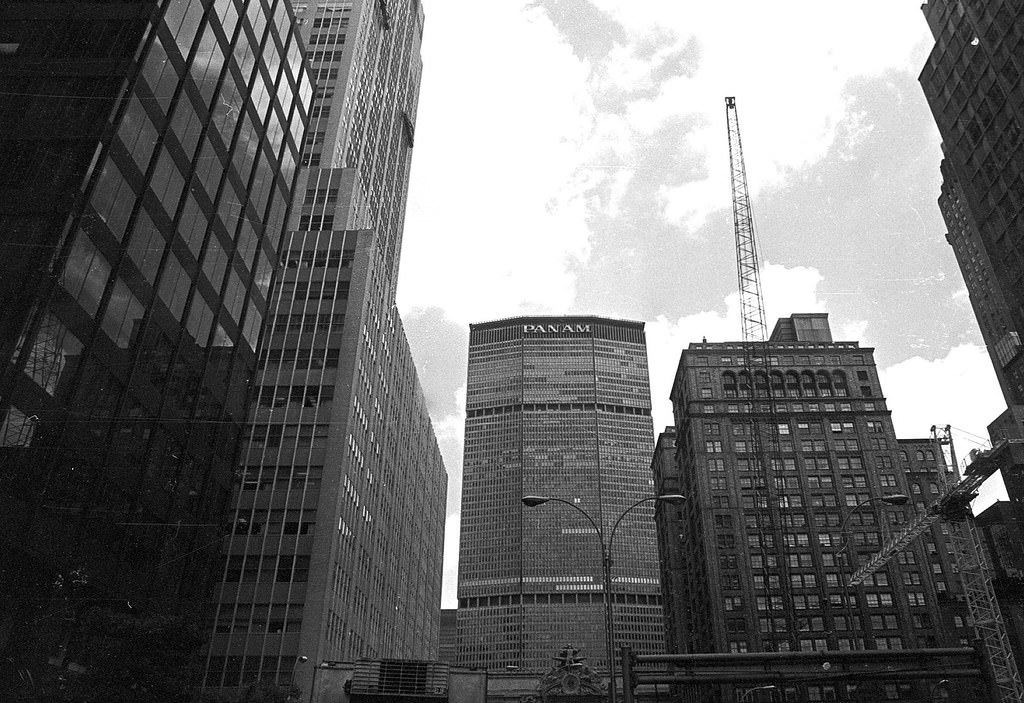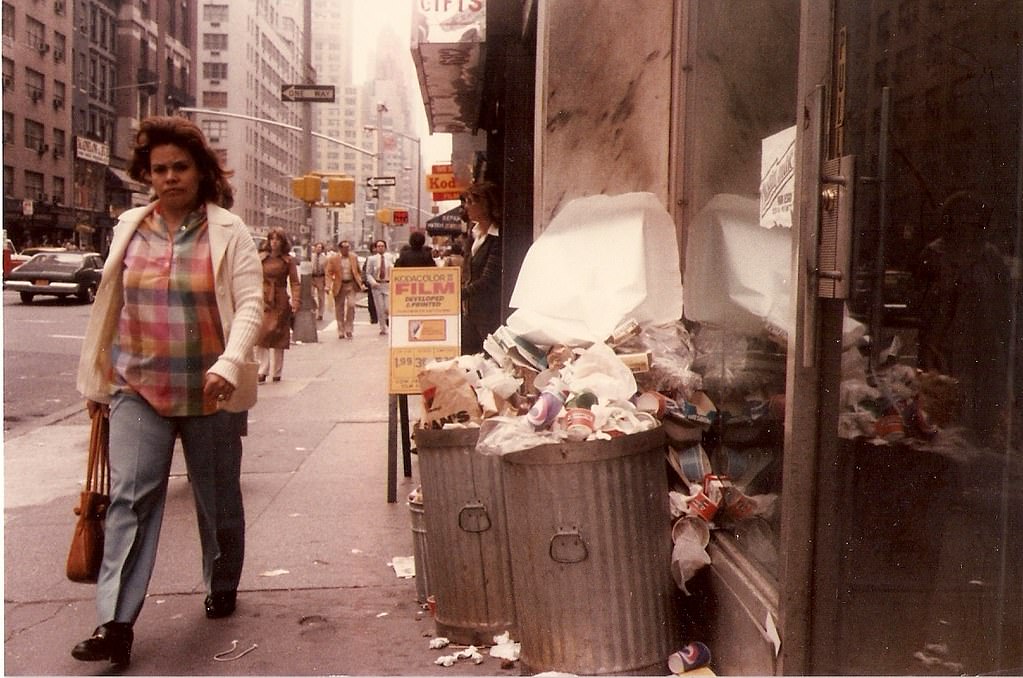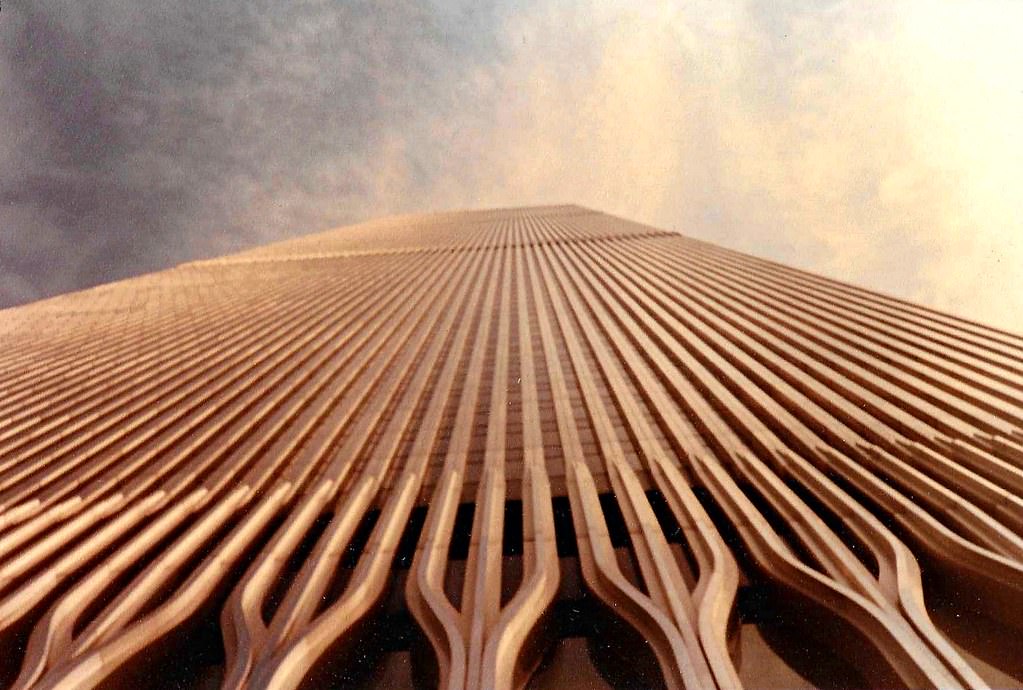The late 1970s in New York City were a period of intense crisis and raw creativity. The city teetered on the edge of bankruptcy, its public services were strained, and entire neighborhoods faced neglect. At the same time, this environment of decay gave rise to influential new forms of music, art, and culture that would shape the world for decades to come.
A City in Crisis
In 1975, New York City was officially on the verge of financial collapse, unable to pay its bills. The municipal government faced a massive deficit, leading to drastic budget cuts. Thousands of city workers, including police officers, firefighters, and sanitation workers, were laid off. This reduction in services was felt across the five boroughs. Garbage piled up on streets, crime rates rose, and the city’s infrastructure showed visible signs of decay. The situation became so dire that the Daily News ran its now-famous headline on October 30, 1975: “Ford to City: Drop Dead,” after President Gerald Ford stated he would veto any federal bailout.
This atmosphere of decline was intensified by the blackout of July 13-14, 1977. A lightning strike on a power line plunged the city into darkness for 25 hours. The power failure triggered widespread looting, arson, and rioting. Over 3,700 people were arrested, and more than 1,000 fires were reported. Neighborhoods like Bushwick in Brooklyn and areas of the Bronx were particularly hard-hit, with entire blocks being destroyed.
Read more
The South Bronx and the Birth of Hip Hop
The term “The Bronx is burning” became a national catchphrase, famously used by sportscaster Howard Cosell during a 1977 World Series game at Yankee Stadium. It described a very real situation. Landlords, unable to collect rent or sell their properties in impoverished neighborhoods, often resorted to hiring arsonists to burn down their buildings for the insurance money. In the late 1970s, the South Bronx lost a significant portion of its buildings to fire and abandonment.
Out of these neglected neighborhoods, a new culture was born. Black and Latino youth in the Bronx began creating their own form of expression. At block parties, DJs like Kool Herc, Grandmaster Flash, and Afrika Bambaataa used two turntables to isolate and extend the percussive “breaks” from funk and soul records. This created a new, continuous beat for dancers, known as b-boys and b-girls. Over these beats, MCs (Masters of Ceremonies) began speaking rhyming verses, which evolved into rapping. This combination of DJing, MCing, breakdancing, and graffiti art formed the foundations of hip hop.
The Downtown Scene: Punk and Disco
While the Bronx was creating hip hop, downtown Manhattan was the epicenter of two other major music movements. The East Village was home to a raw and energetic punk rock scene. At a small, gritty club called CBGB on the Bowery, bands like the Ramones, Blondie, and Talking Heads developed a stripped-down, loud, and fast sound that was a direct reaction against the polished rock music of the era.
A few miles away in Midtown, the disco scene offered a more glamorous form of escape. Studio 54, which opened in 1977, became the most famous nightclub in the world. It was known for its exclusive door policy, celebrity patrons like Andy Warhol and Liza Minnelli, and its hedonistic atmosphere. Disco music, with its driving four-on-the-floor beat, dominated the radio waves and dance floors, offering a soundtrack of glitter and liberation against the city’s grim reality. The subway system of the time reflected the city’s dual nature; its cars were covered inside and out with elaborate graffiti art, a vibrant but illegal form of expression that traveled through a system plagued by crime and mechanical failures.


